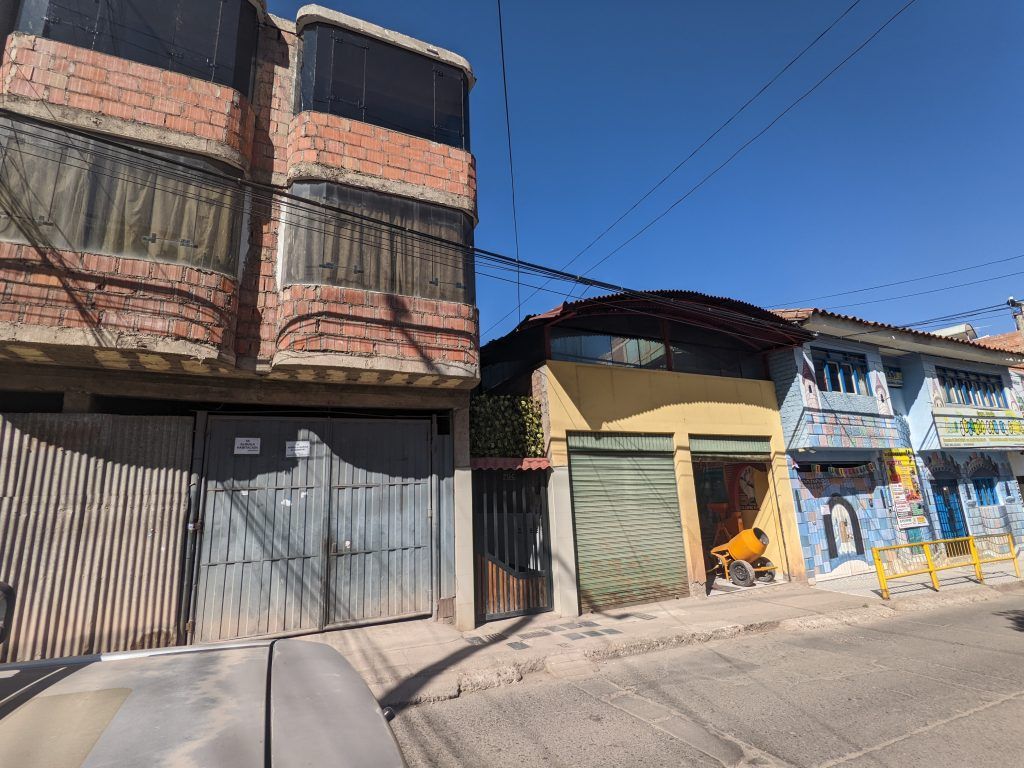Cusco is one of the best preserved Spanish colonial cities I’ve seen in Latin America. There are numerous streets and alleys around its Plaza de Armas where you could drop a Spaniard from the 16th century in and he wouldn’t feel completely out of place. At around 3,400 meters (11,200 feet) above sea level it’s another high Andean city set in amongst surrounding hills and mountains.
From Wikipedia: “Cusco became the capital of the Tawantinsuyu Inca Empire, which covered much of the South American Andes between the 15th and 16th centuries AD. It was developed as a complex urban centre with distinct religious and administrative functions which were perfectly defined, distributed and organized. When the Spaniards conquered it in the 16th century, they preserved the basic structure but built Baroque churches and palaces over the ruins of the Inca city.”
It really is a charming city to explore, as you can see below.
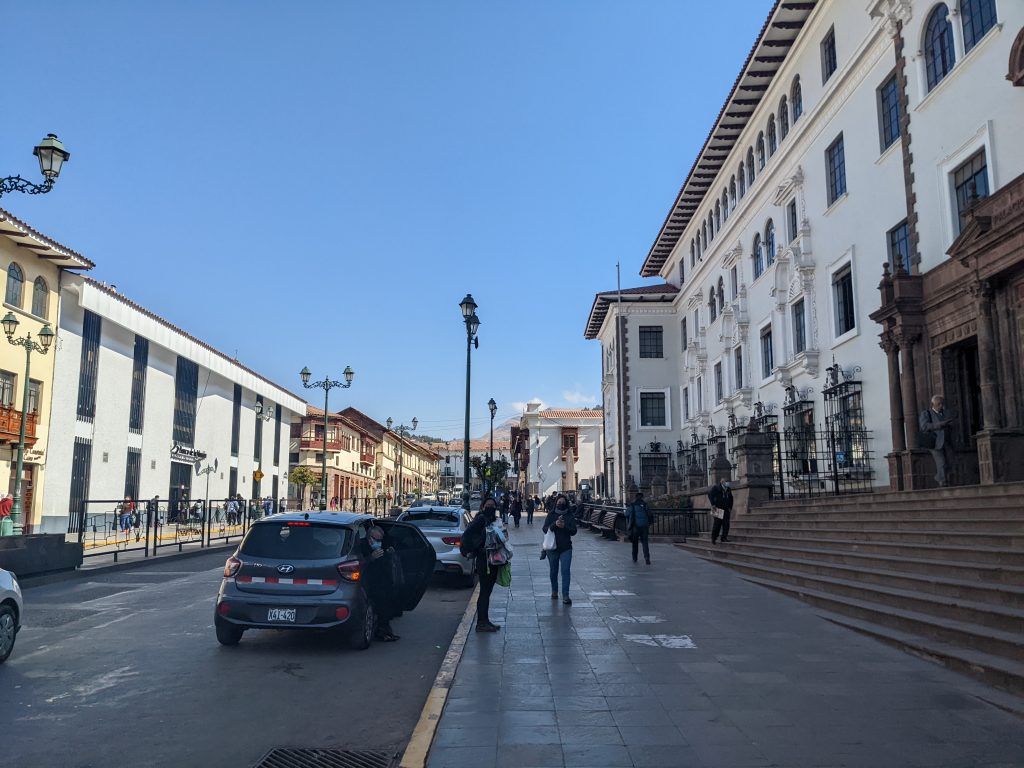
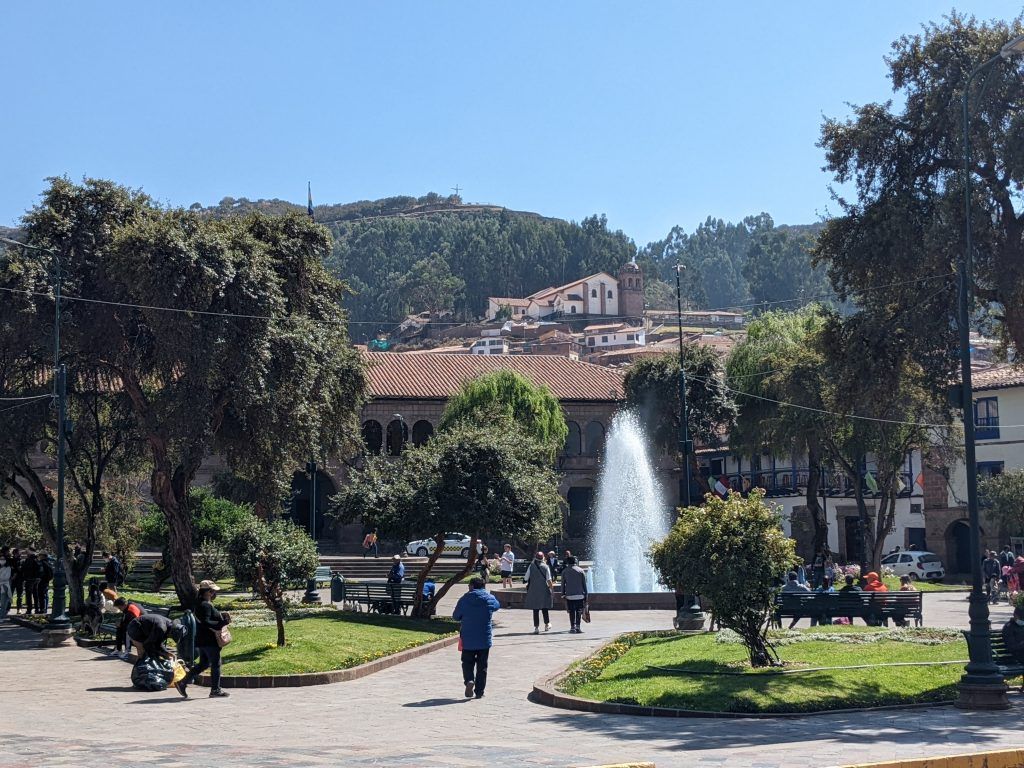
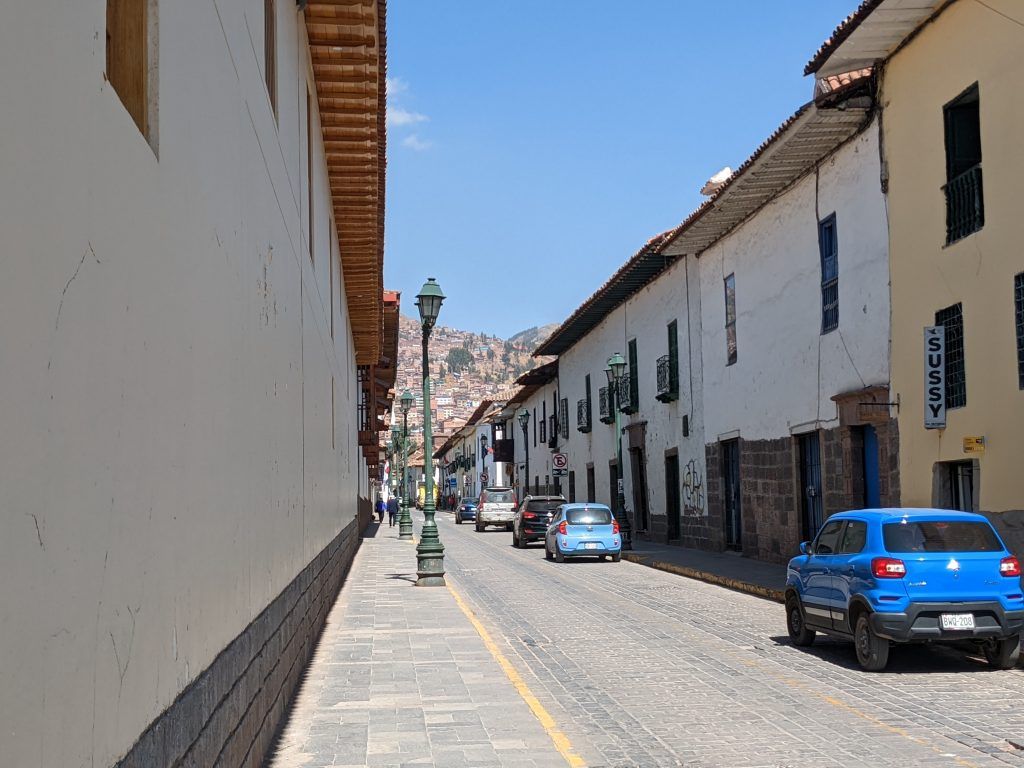
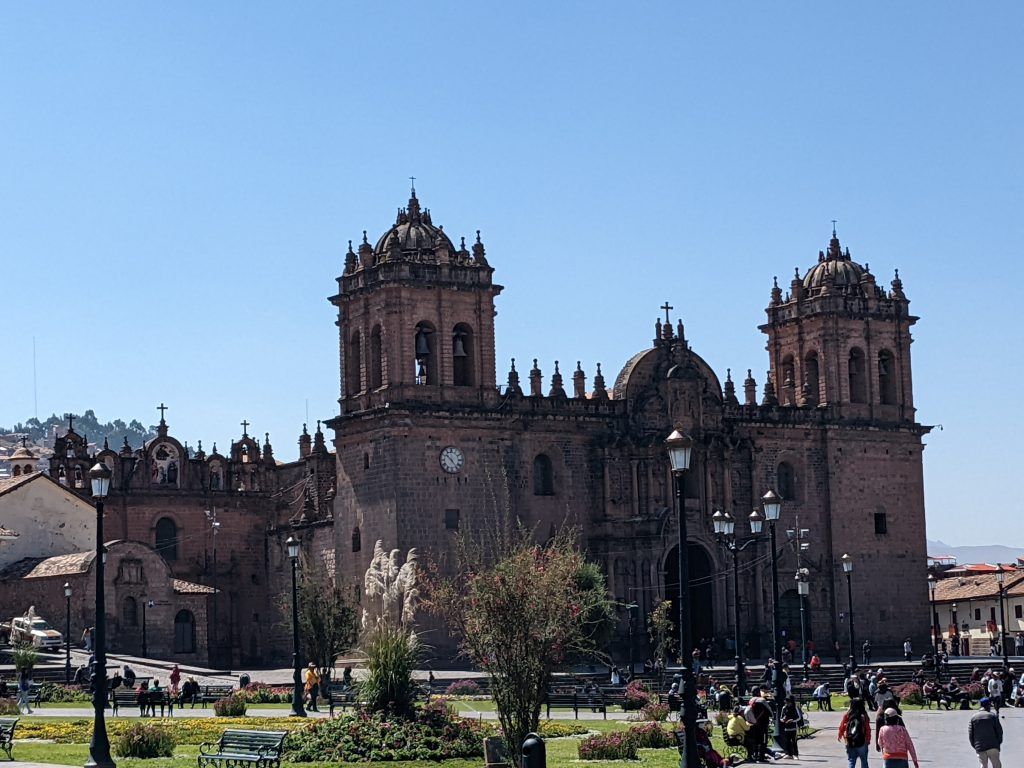
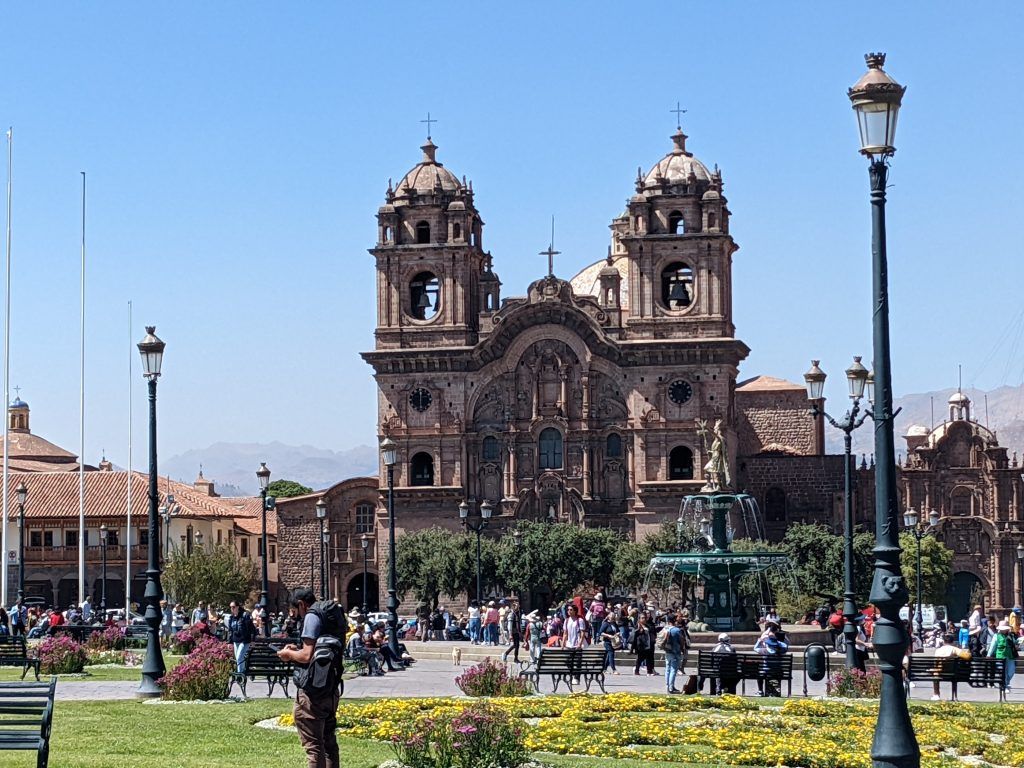
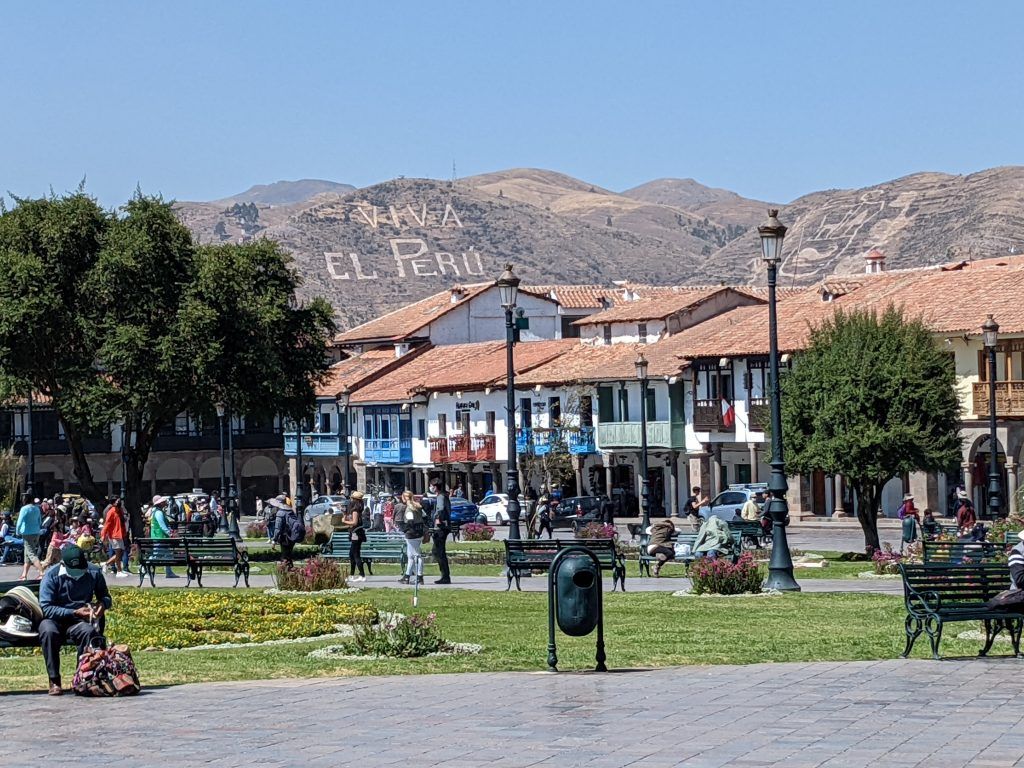
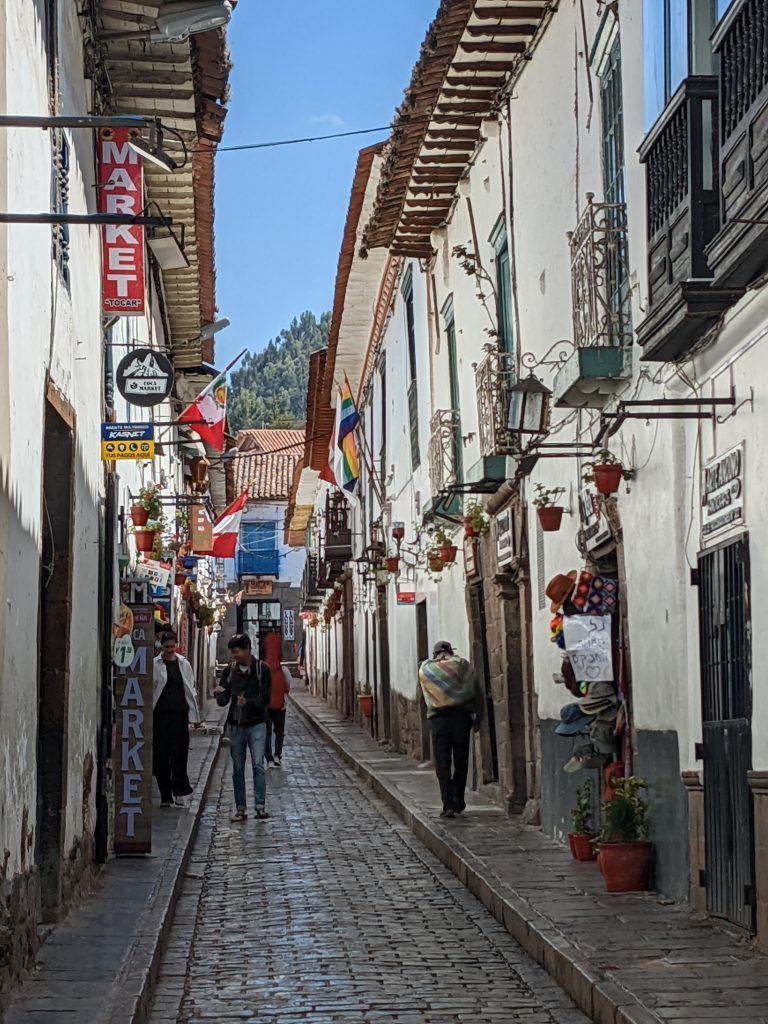
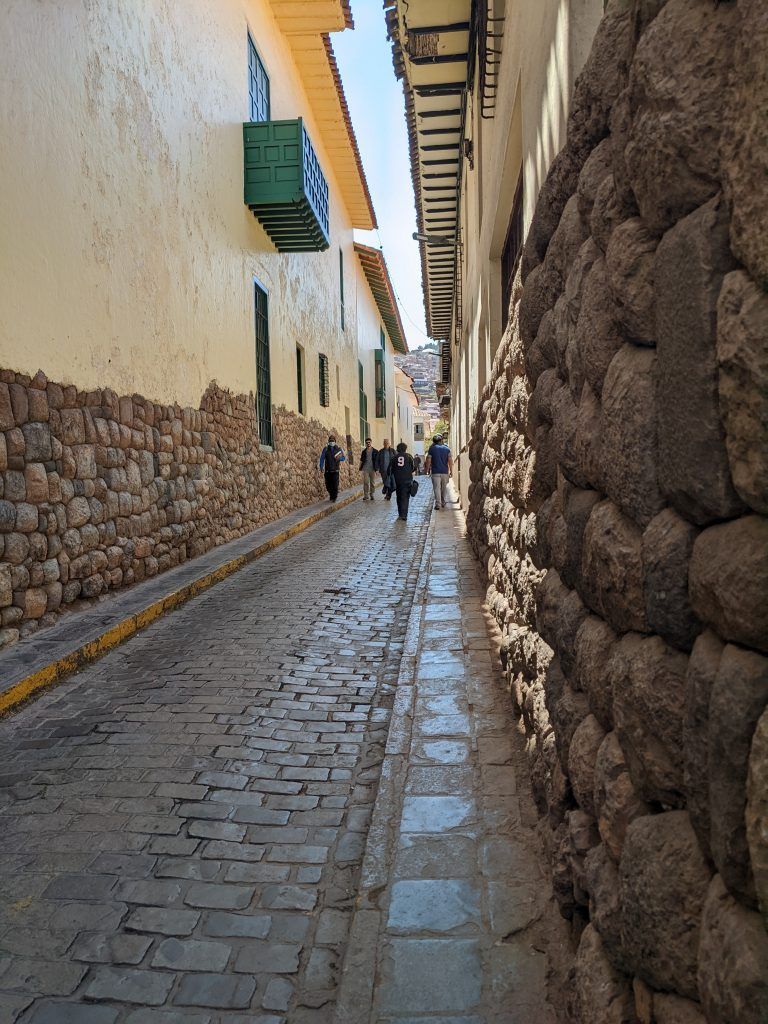
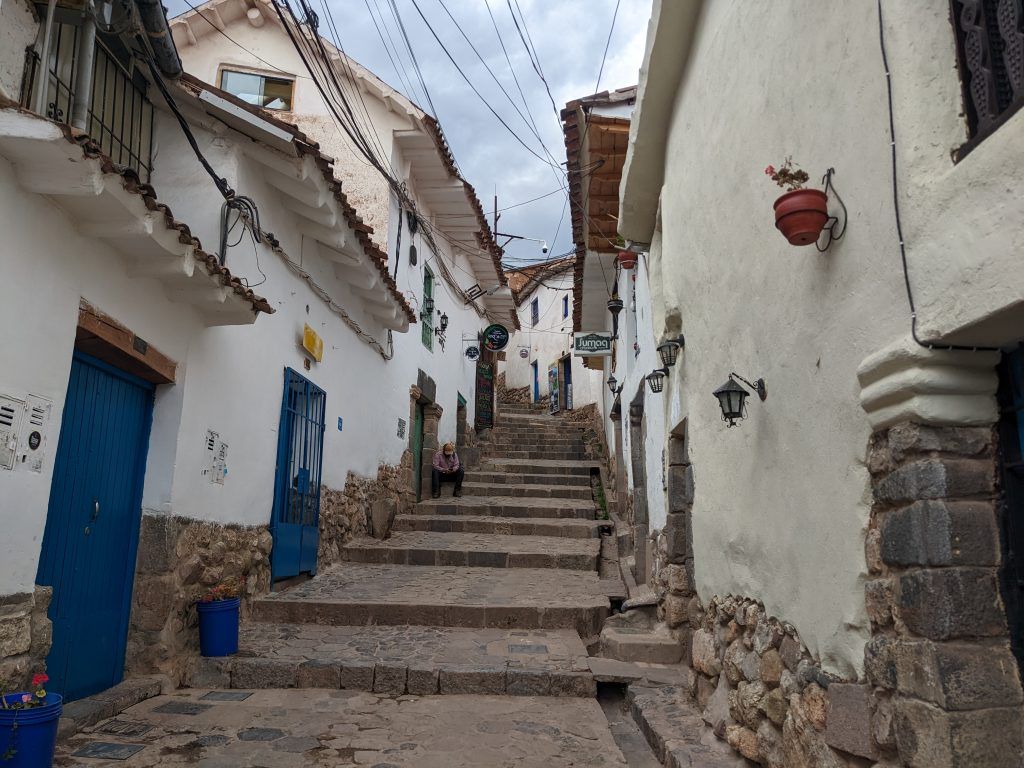
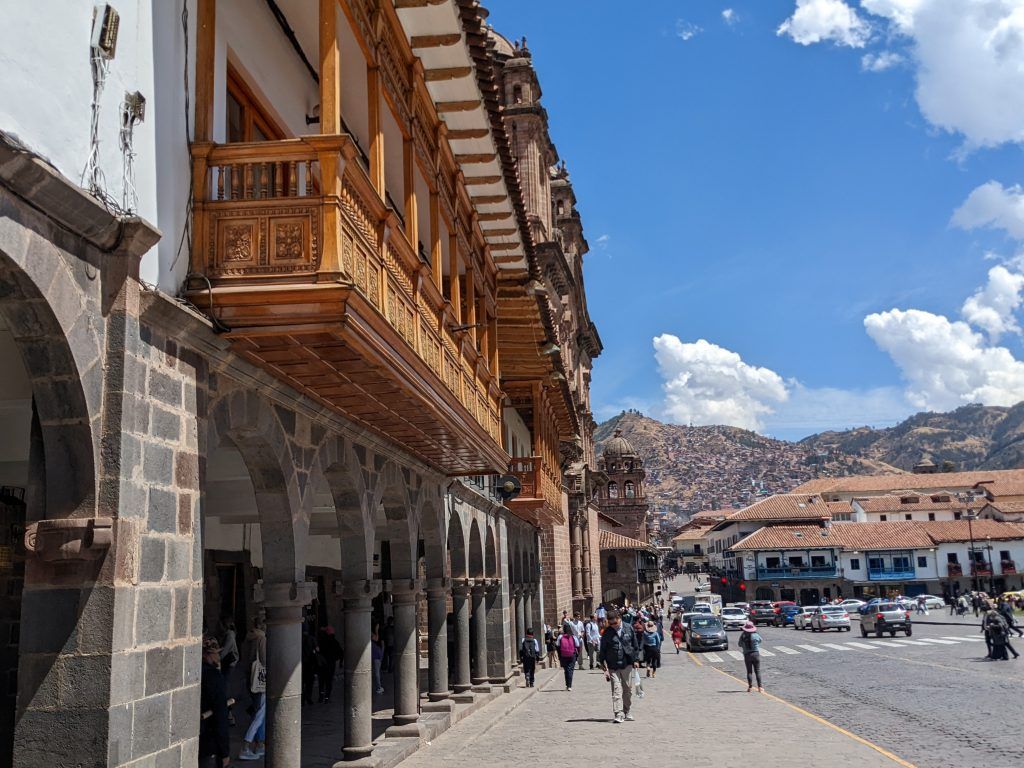
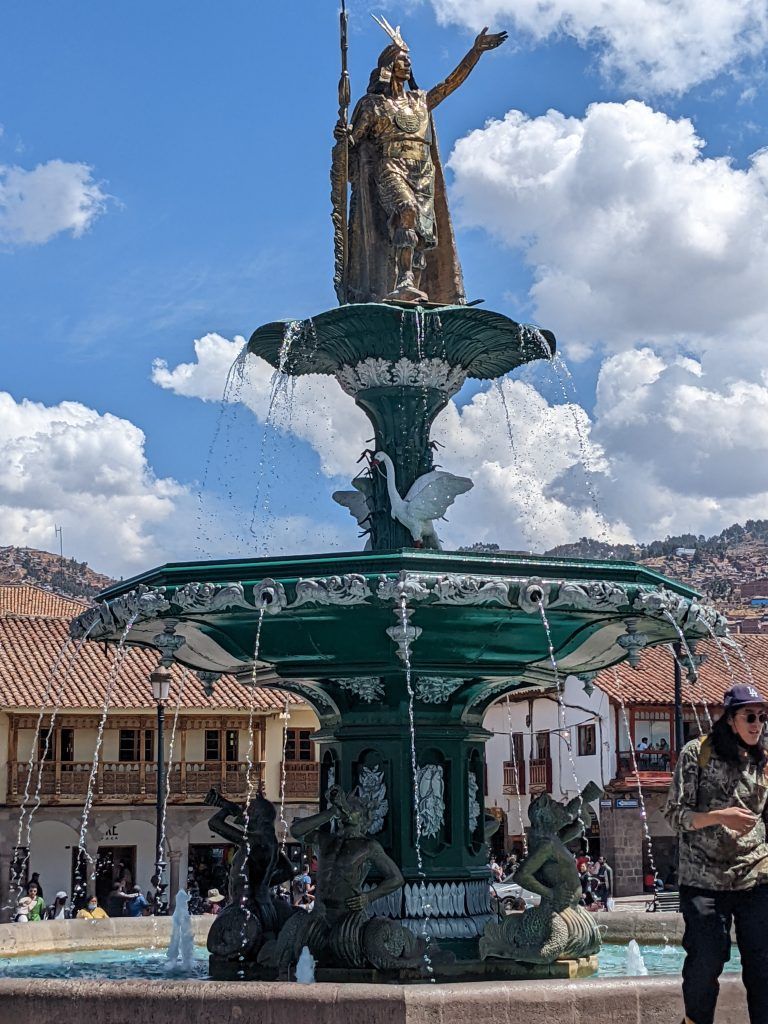
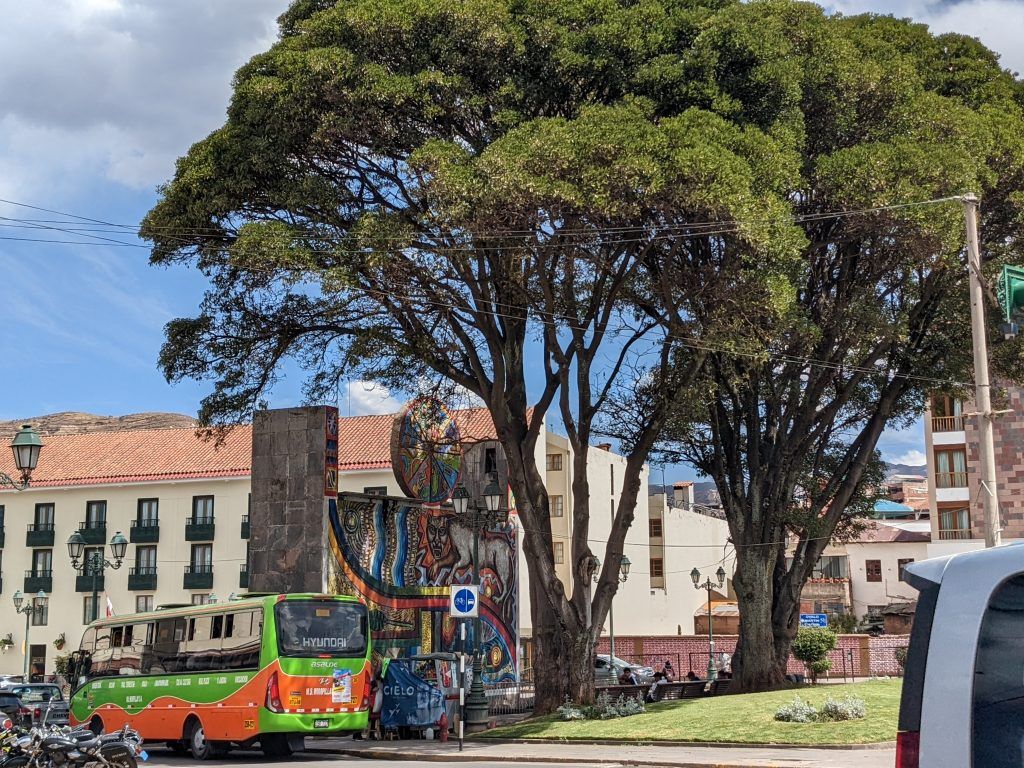
I had one more chance to see Megan and Garrett (and a couple of their friends) in Cusco after being able to spend time with them in Huaraz and Lima earlier on this trip.
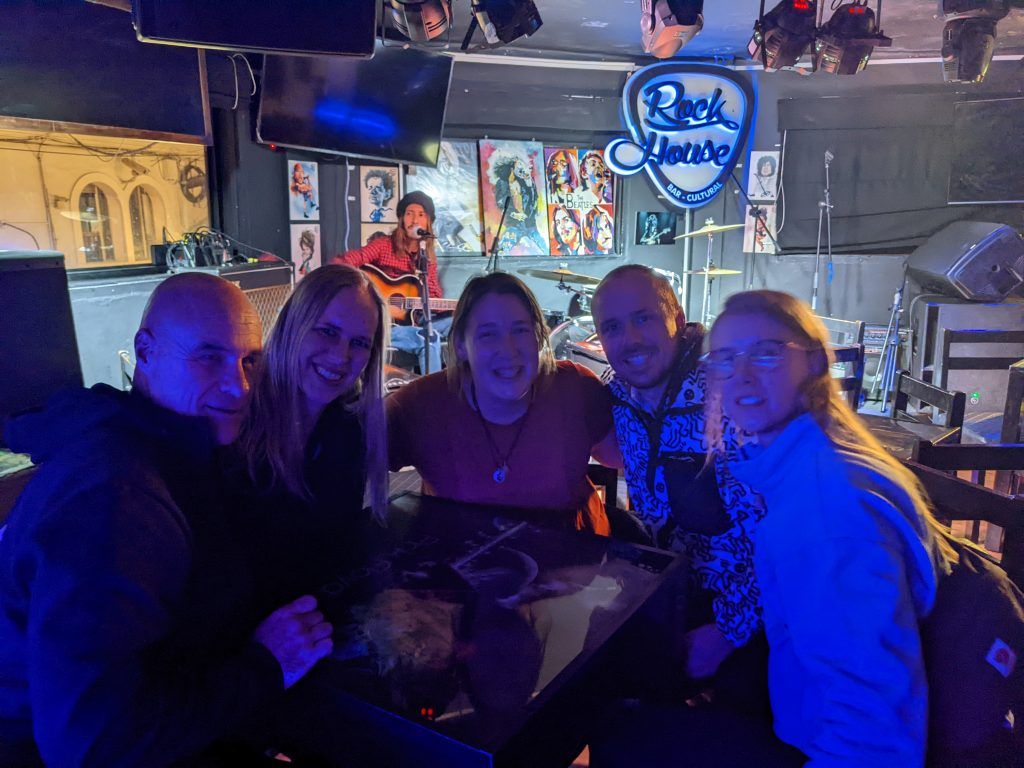
The Museo de Arte Precolombino displays works encompassing a period of time from between 1250 BC and AD 1532 from many diverse cultures, including the Cupisnique, Salinar, Vicus, Viru and Paracas.
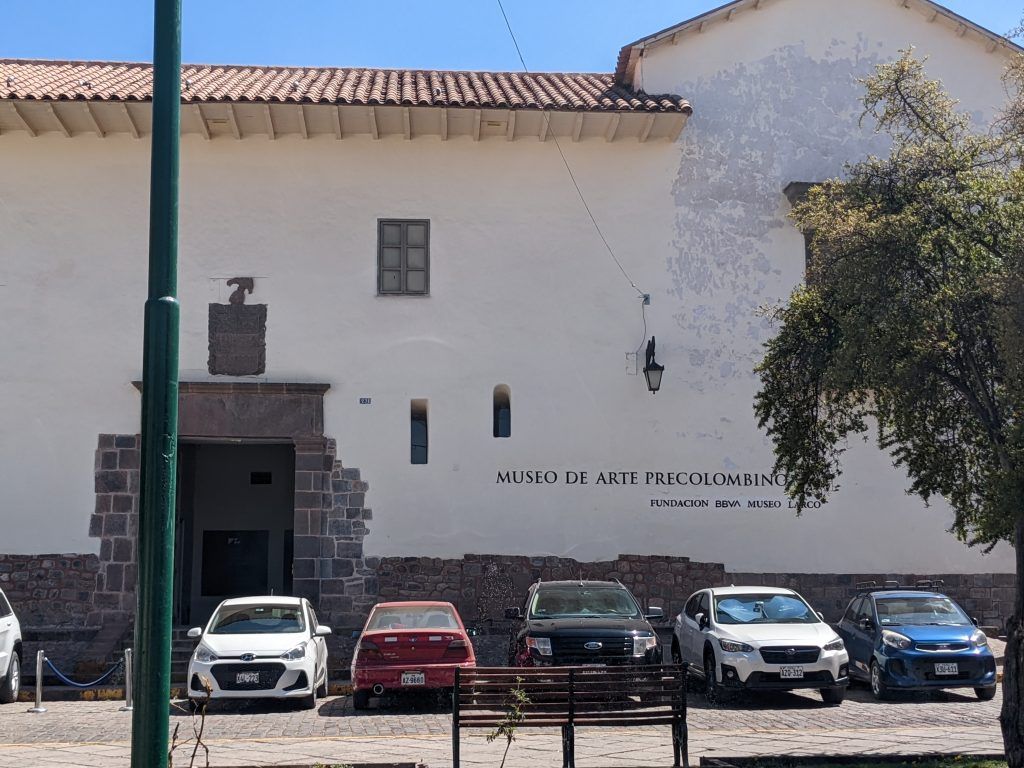
The museum emphasizes that the Andean civilizations of Peru are one of six primary civilizations from around the world.
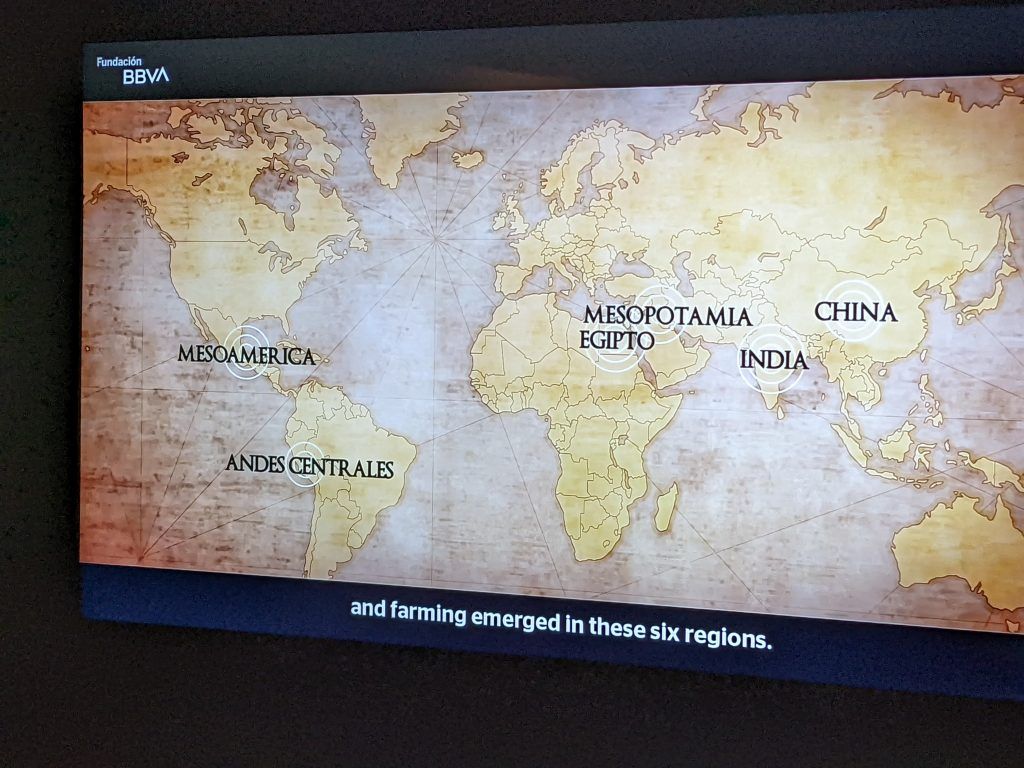
An amazing necklace made from small shells.
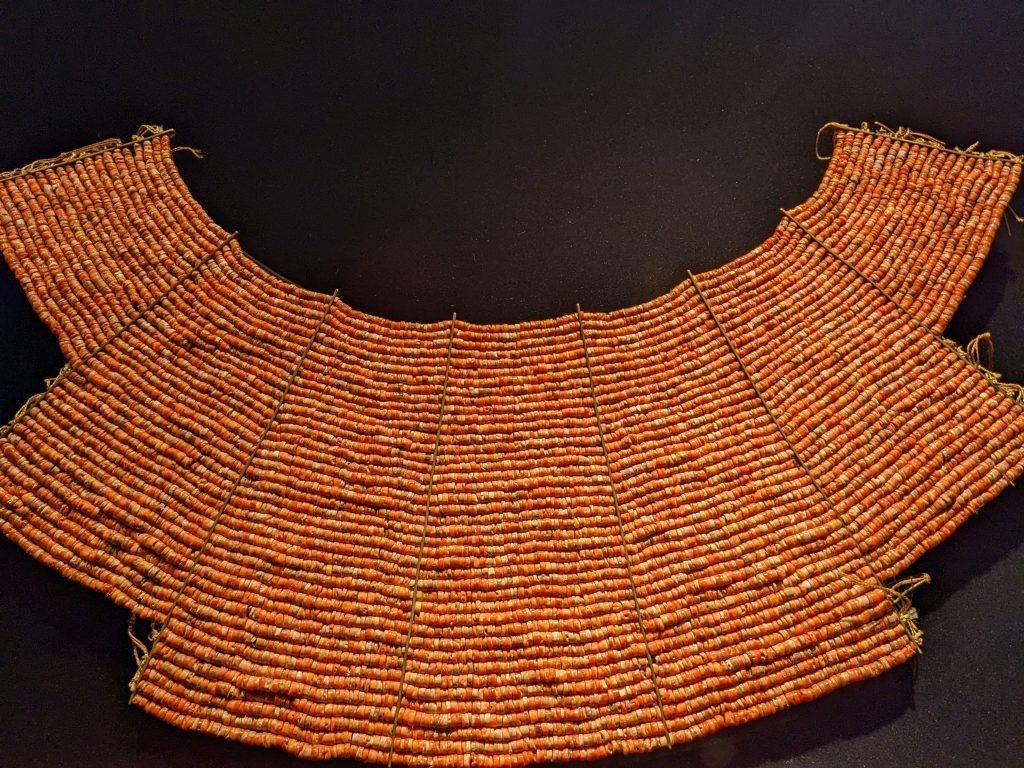
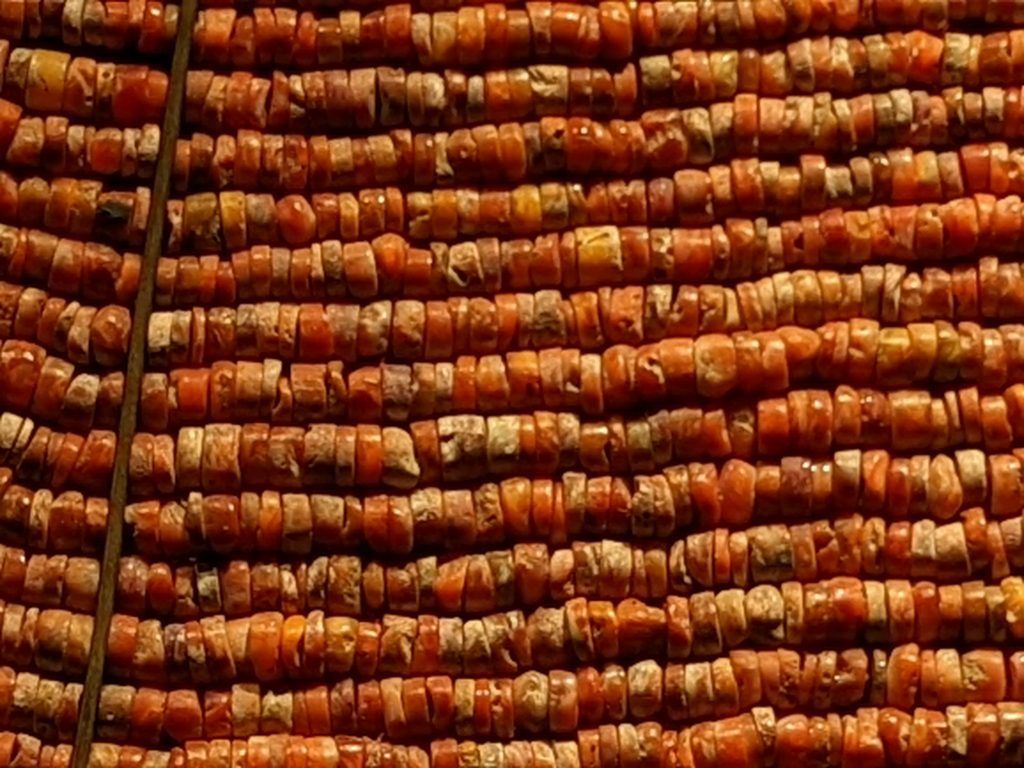
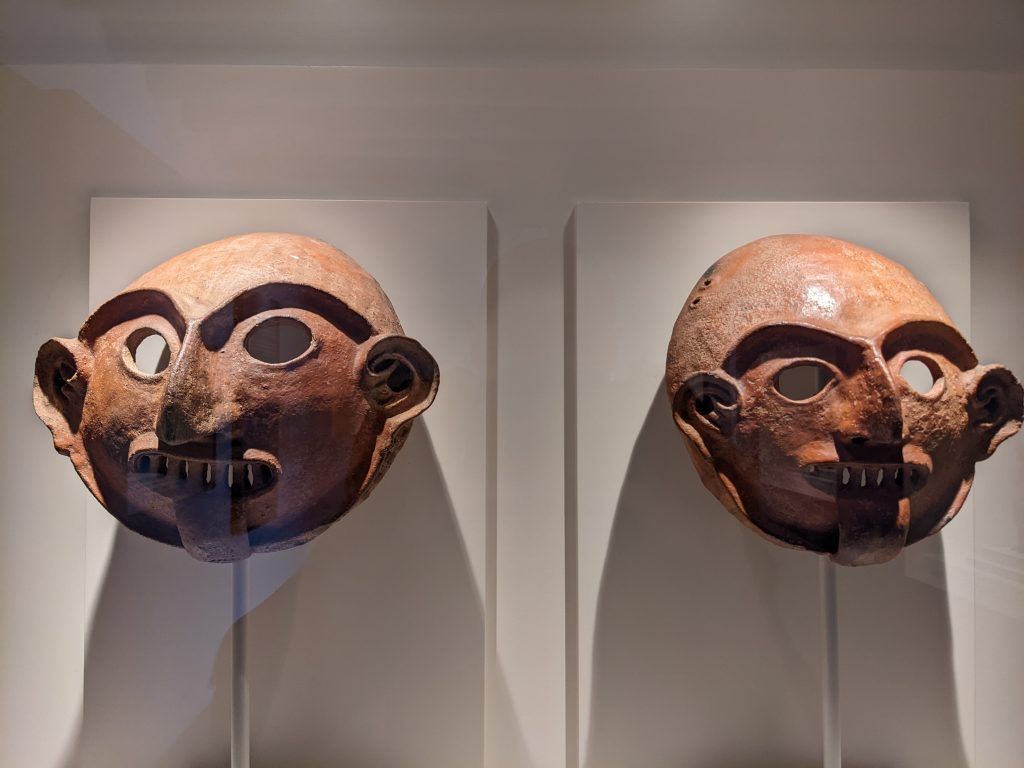
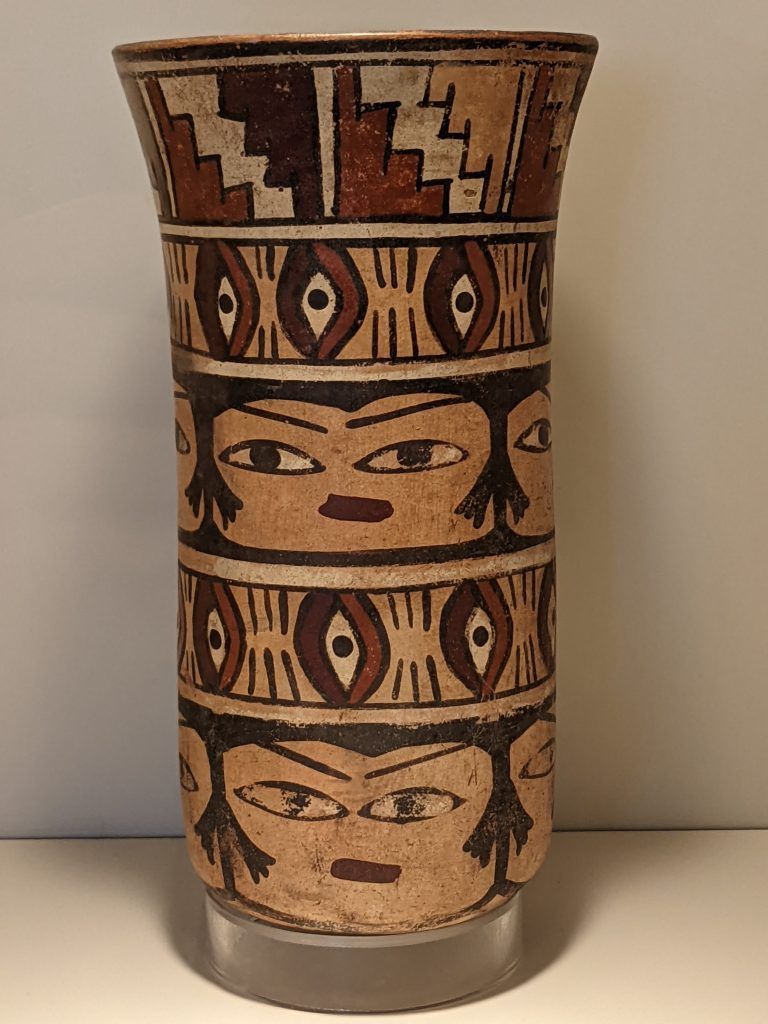
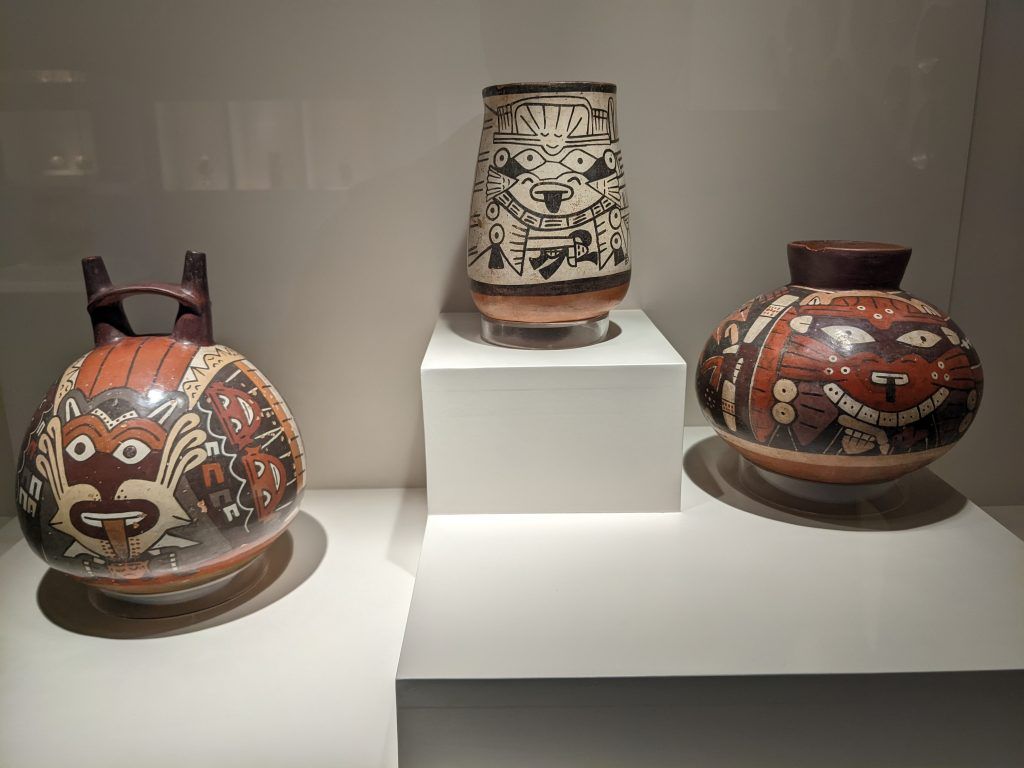
The Museo Machu Picchu contains a wide collection of articacts from Machu Picchu, most of which show the discovery of Machu Picchu early last century and the daily life of the Incas. The most intriguing part is the discovery of numerous, relatively graphic, mummies of Inca royalty from the site.
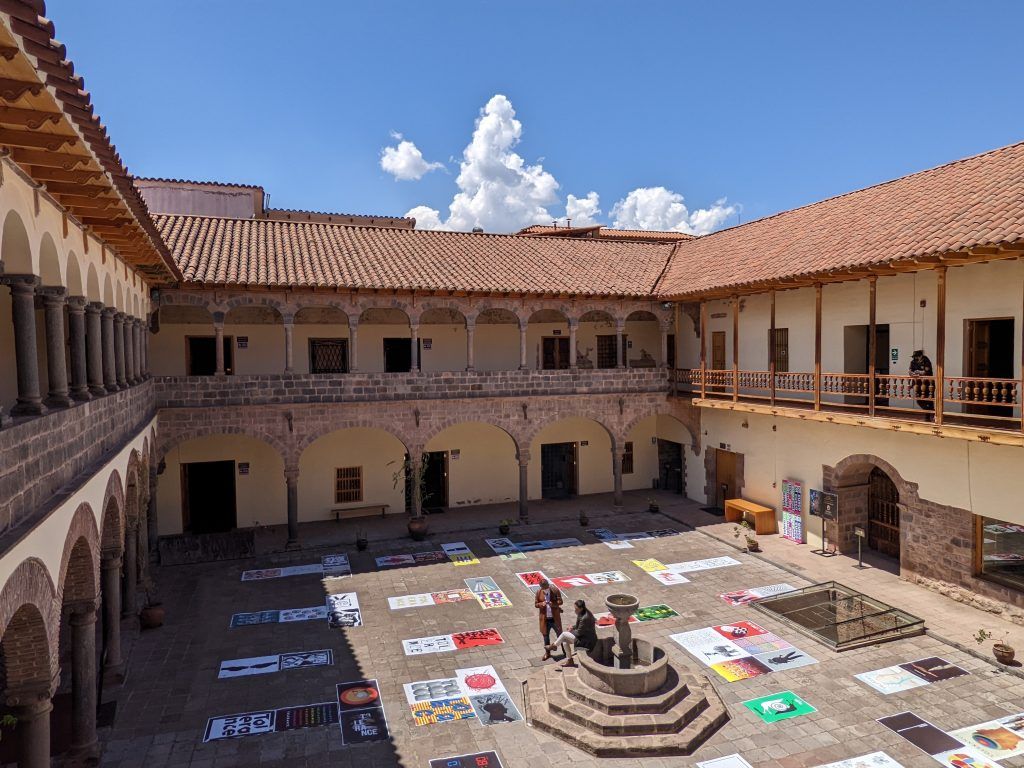
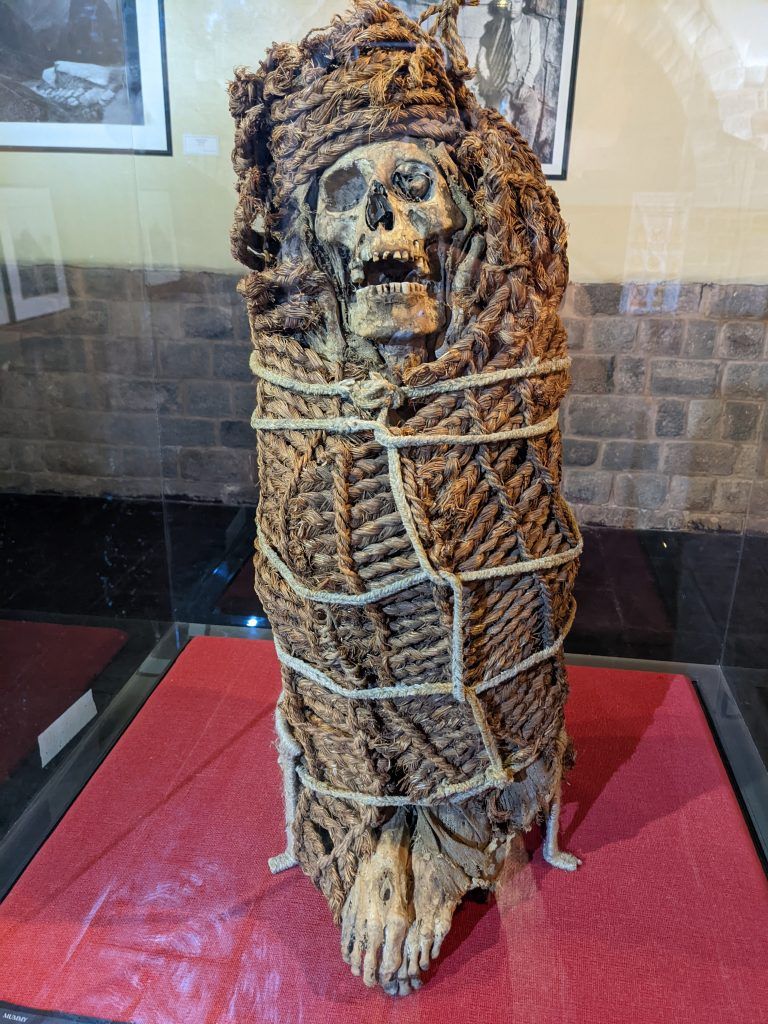
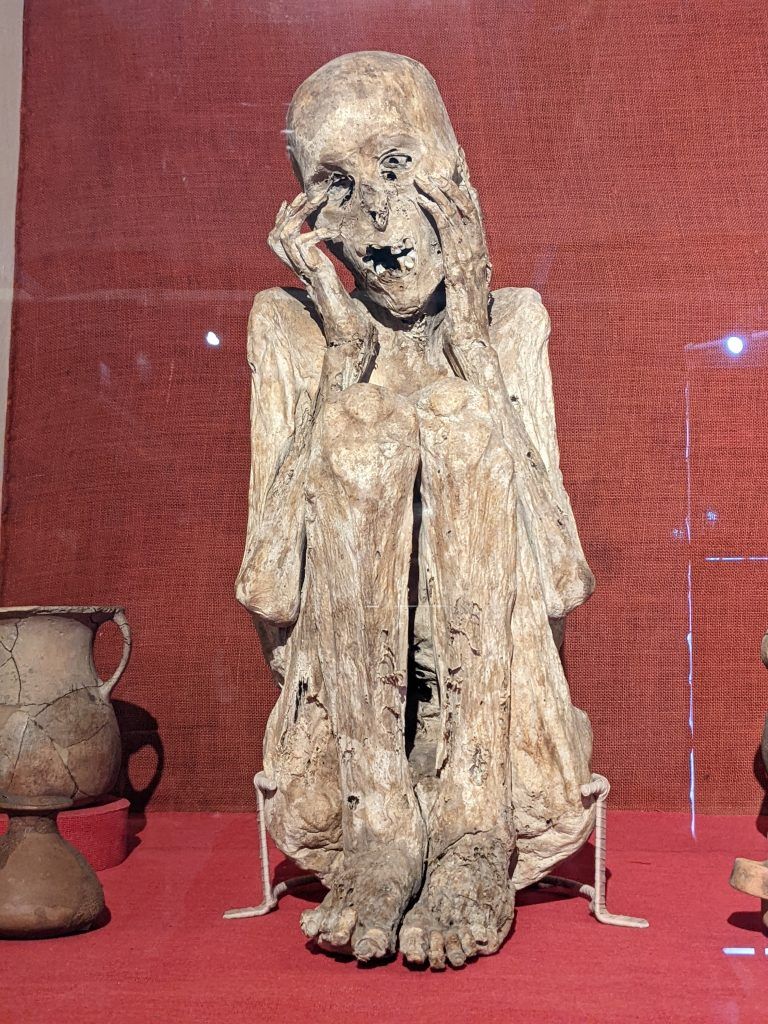
Qorikancha was the most important temple in the Inca Empire. However, most of the temple was destroyed after the 16th-century war with the Spanish conquistadors, as settlers also took it apart to build their own churches and residences. Much of its stonework was used as the foundation for the seventeenth-century Santo Domingo Convent. Below are pictures from the beautiful convent and some of the remaining walls of Qorikancha.
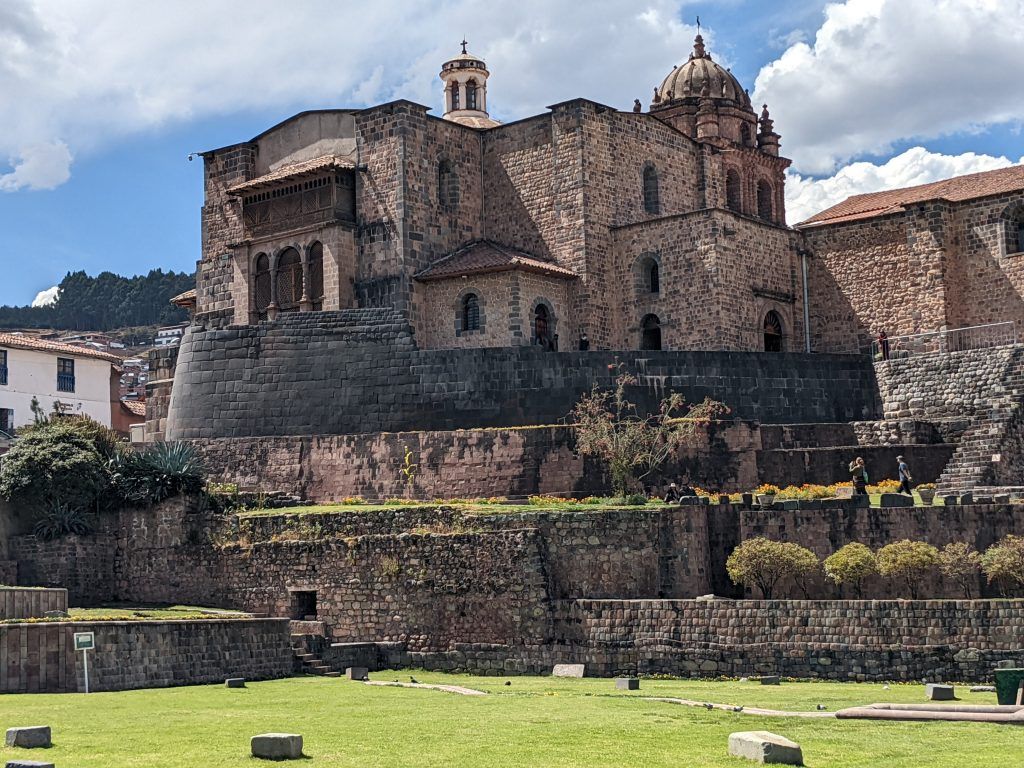
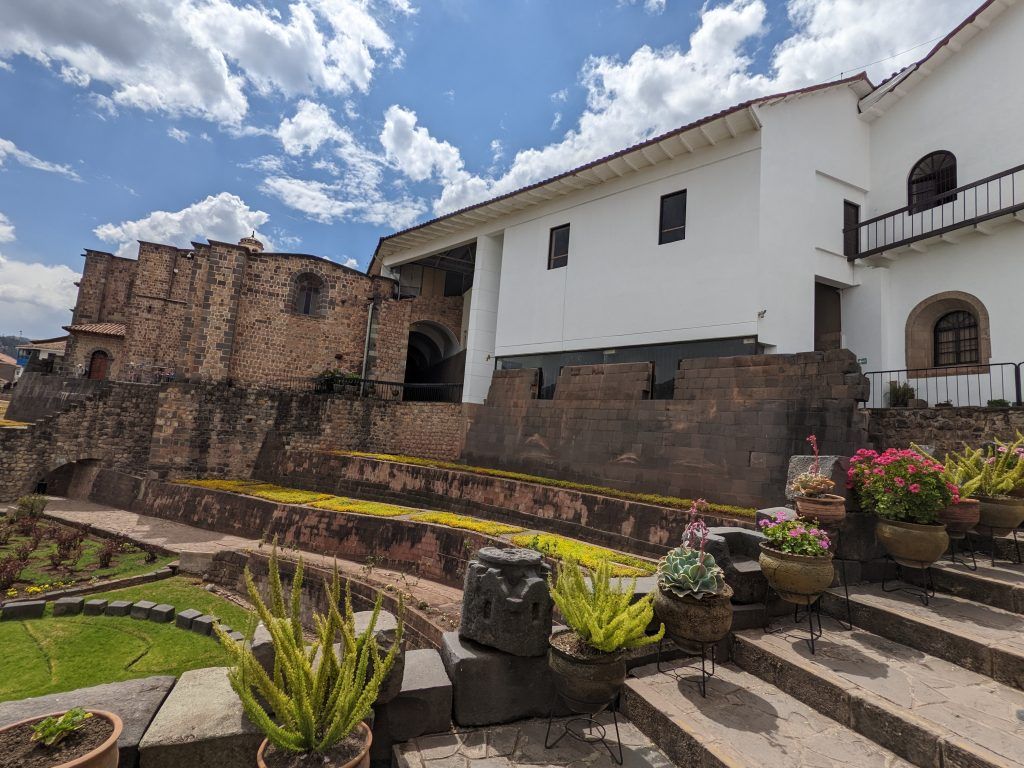
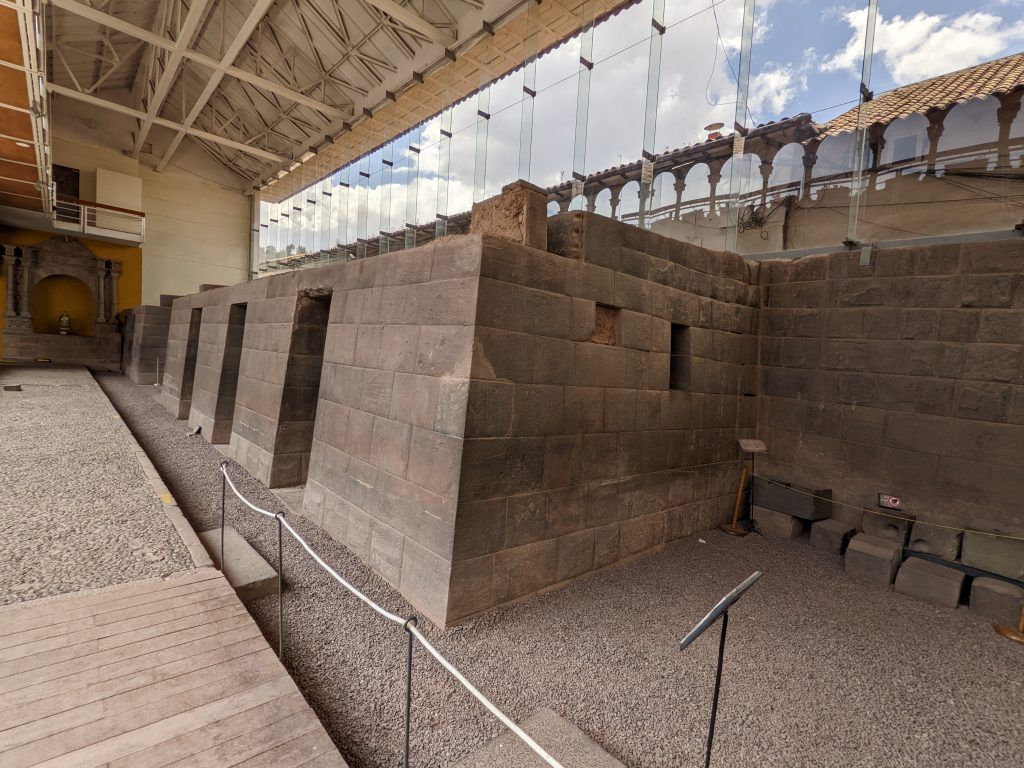
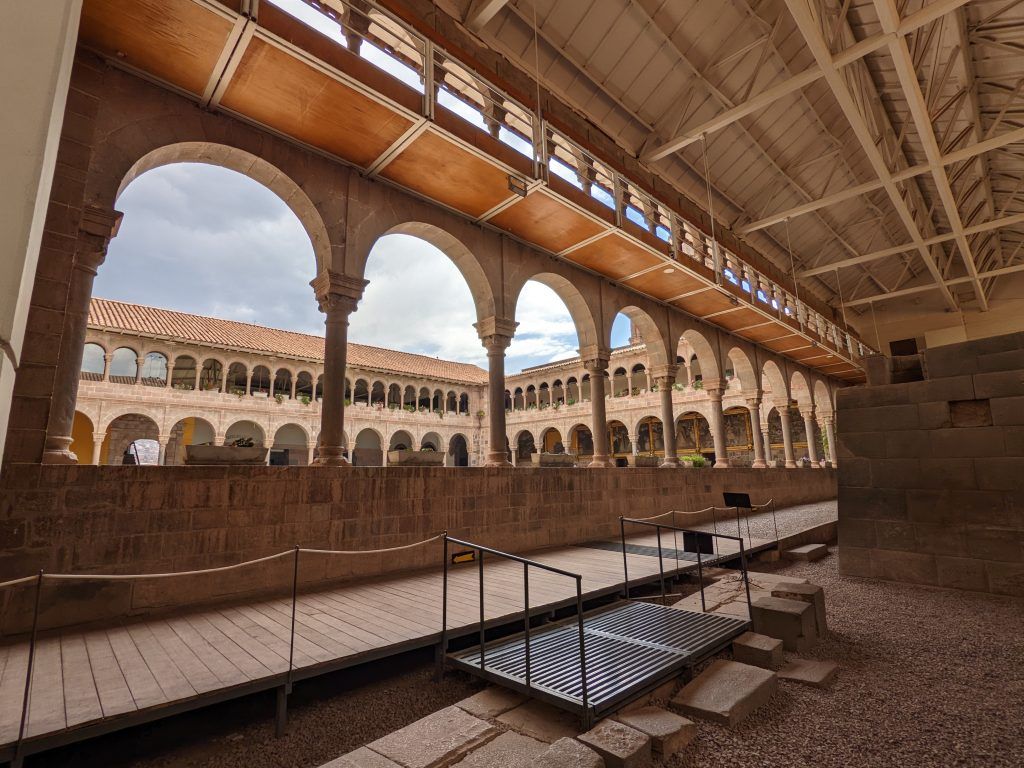
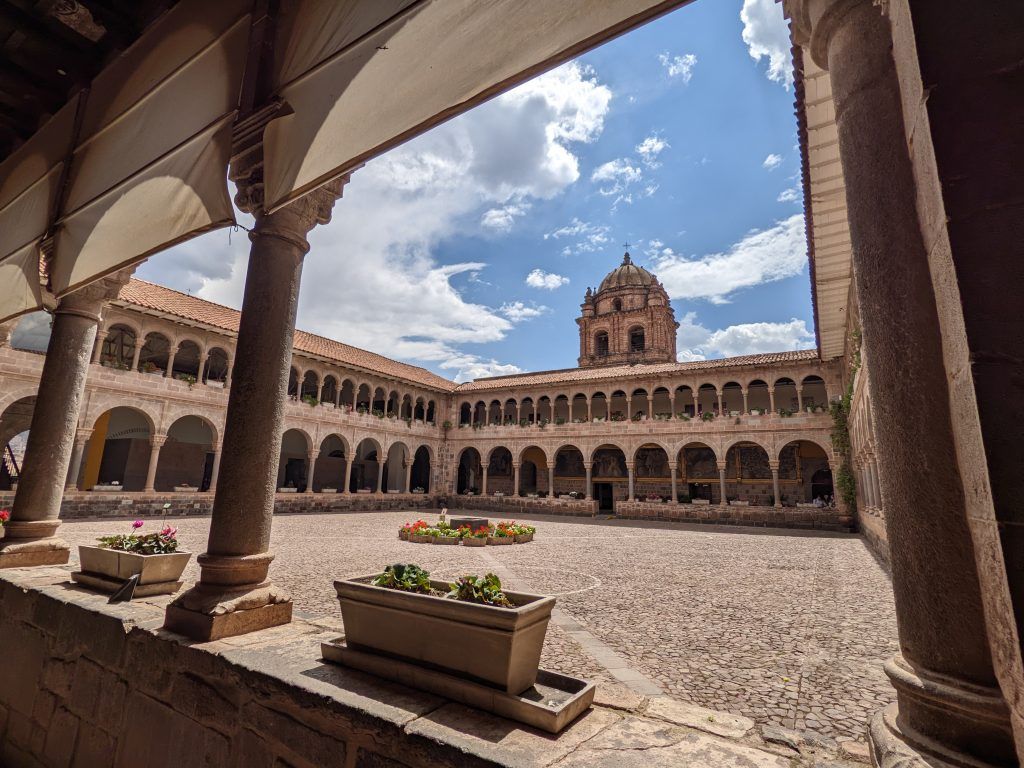
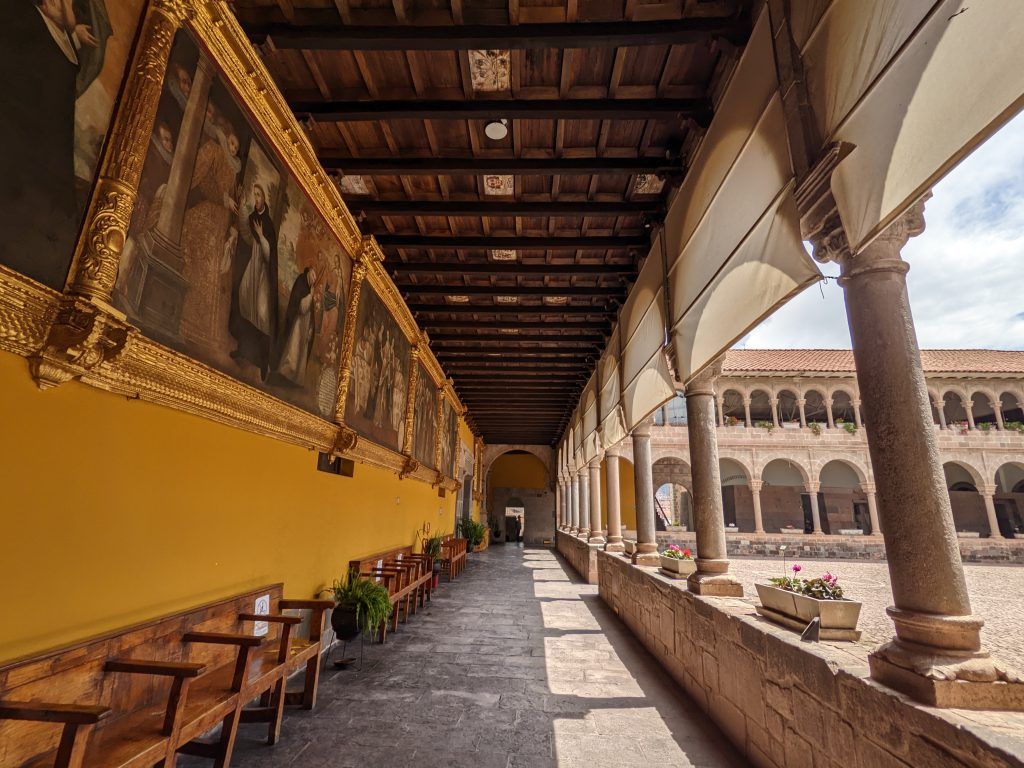
I had a chance to visit the Choco Museo and go through the process of making chocolate. We went through the first 3 steps (as outlined in the drawing below) before taking some pre-existing cacao, adding various ingredients, and leaving the museum with a nice treat.
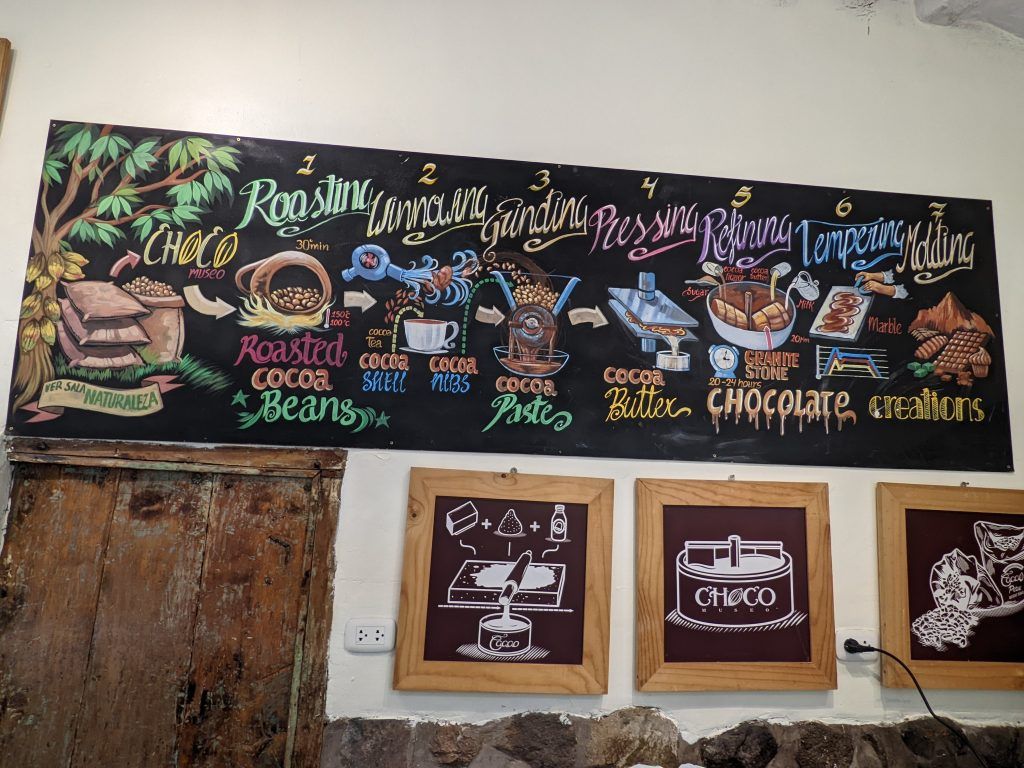
First, we selected some cacao beans to use.
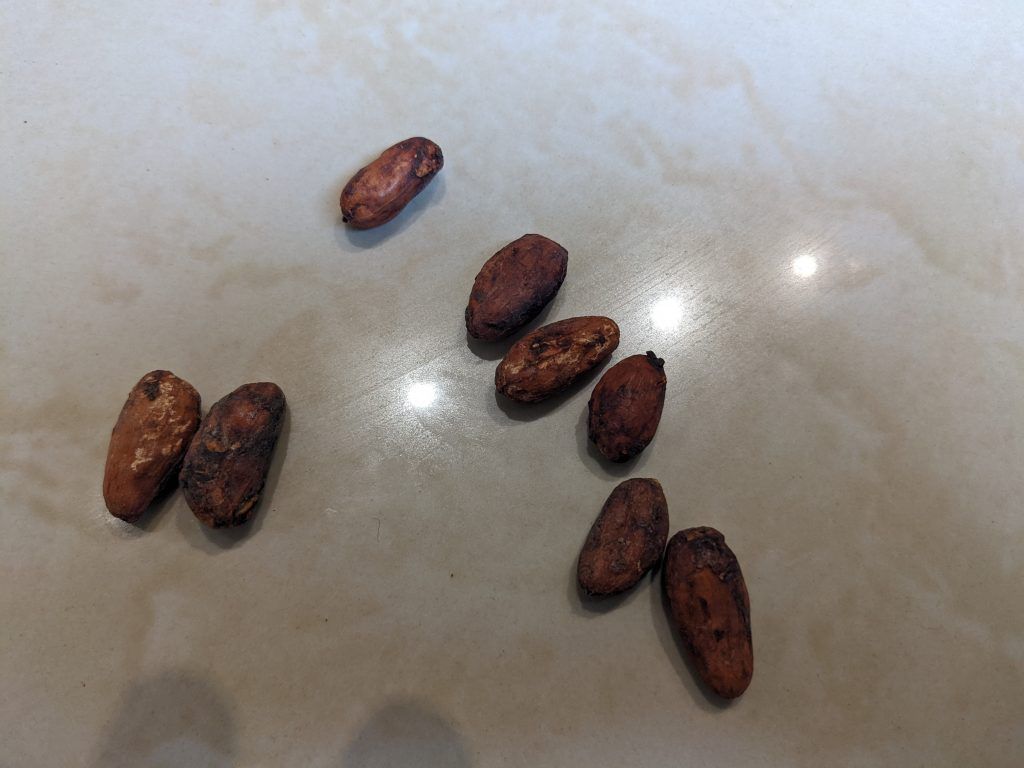
We then quickly roasted the beans to loosen their shells.
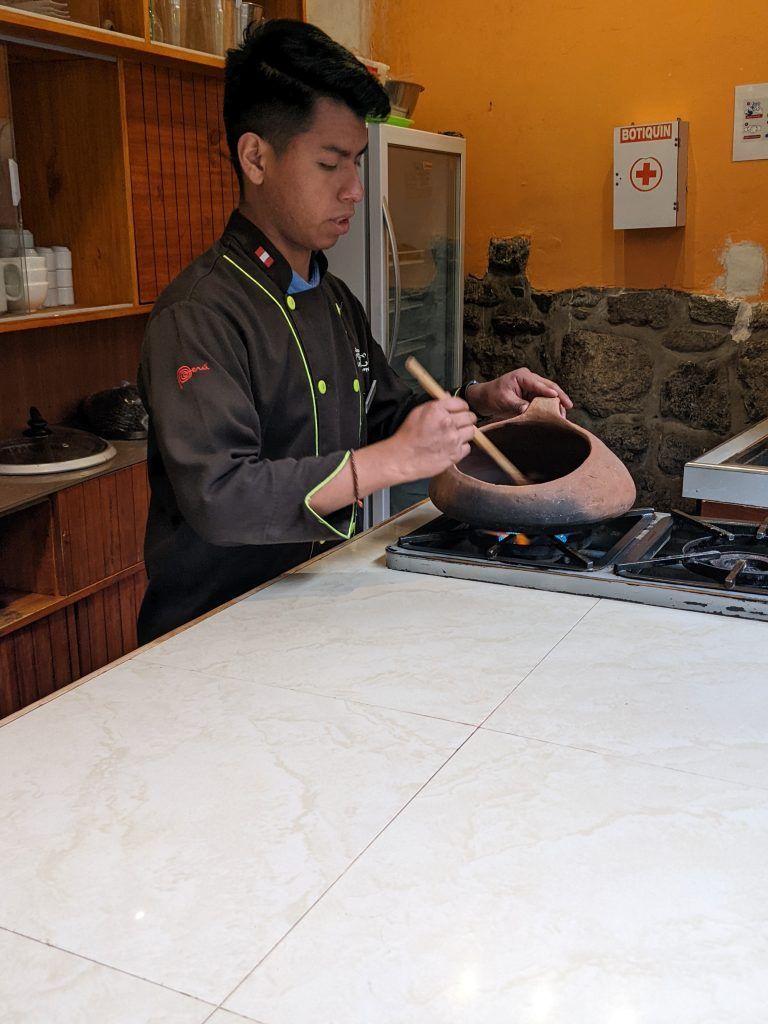
We then removed the shells.
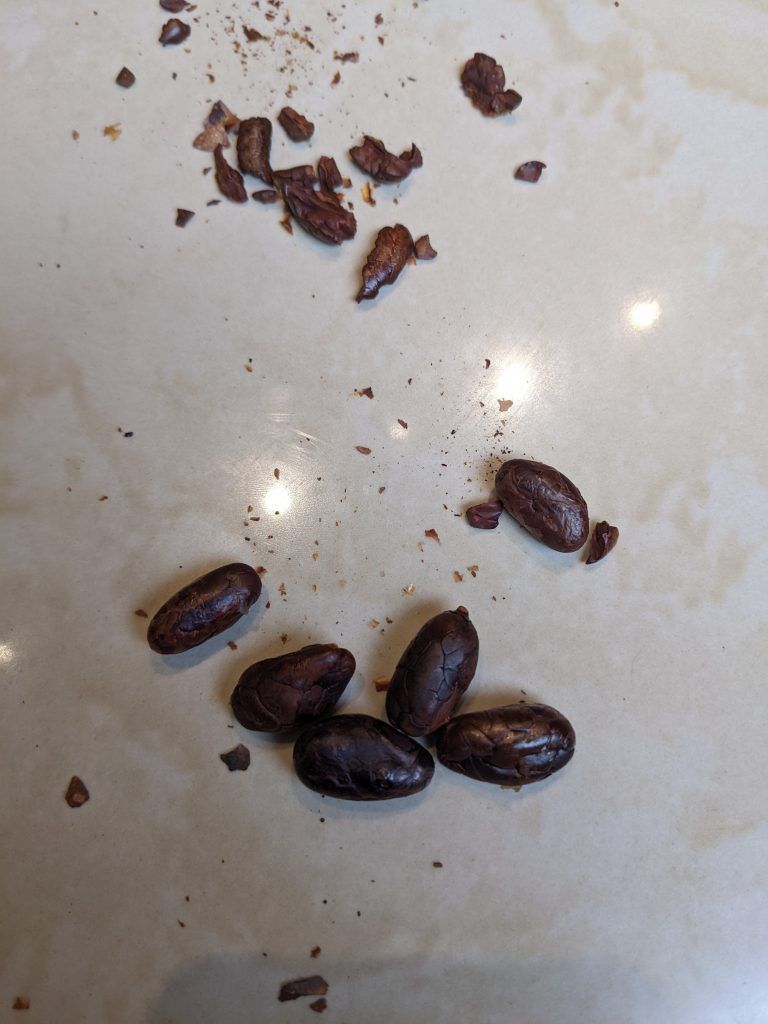
And then we grinded these seeds to a fine paste.
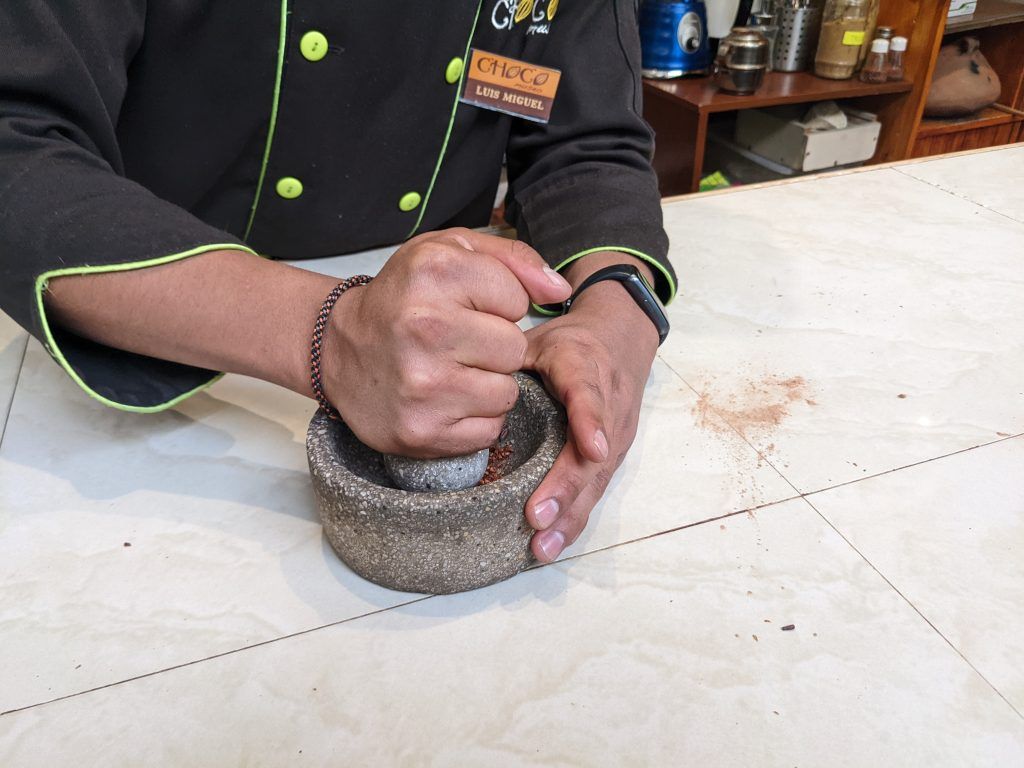
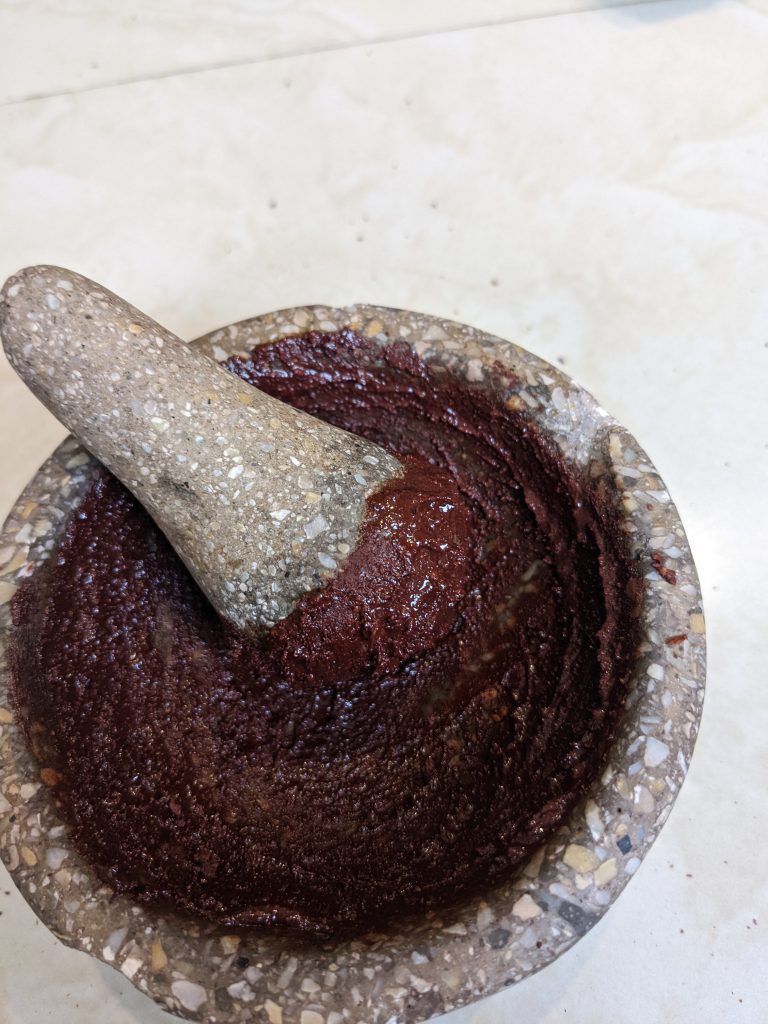
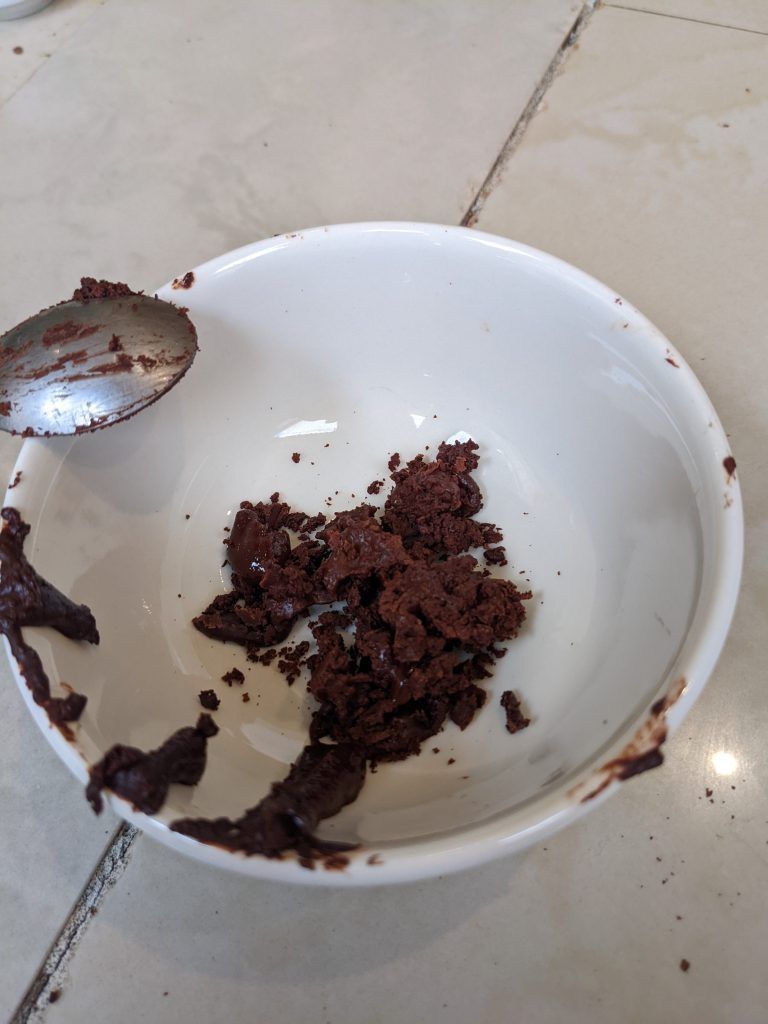
We added honey, chili powder and then hot water to make a nice cacao tea.
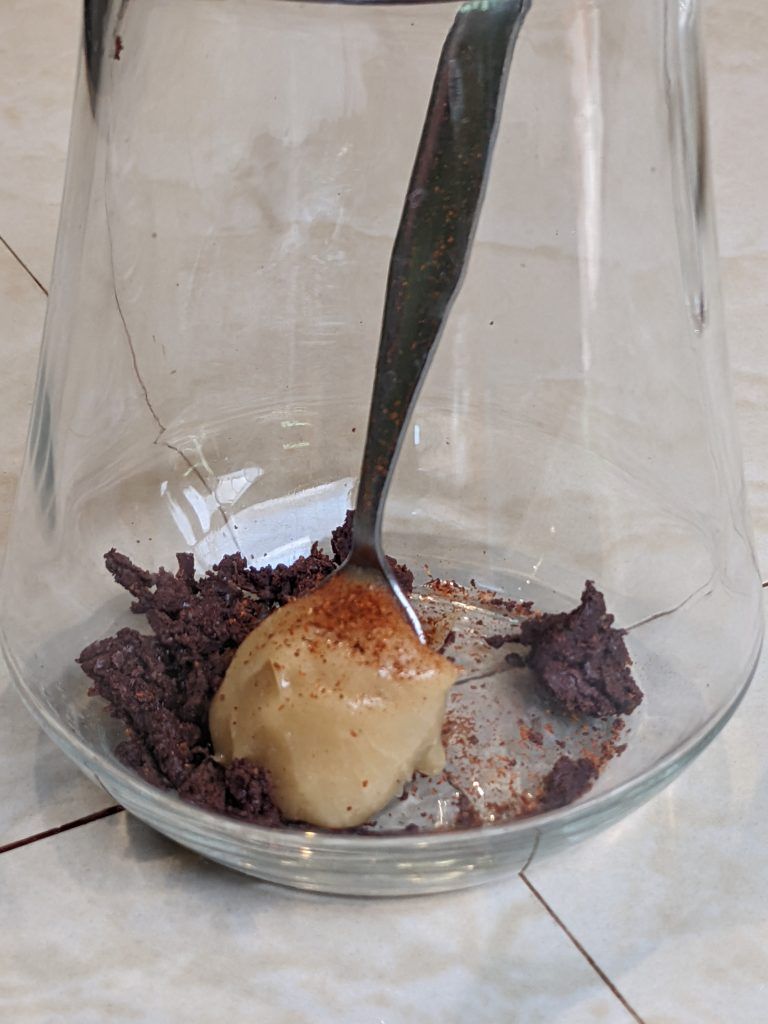
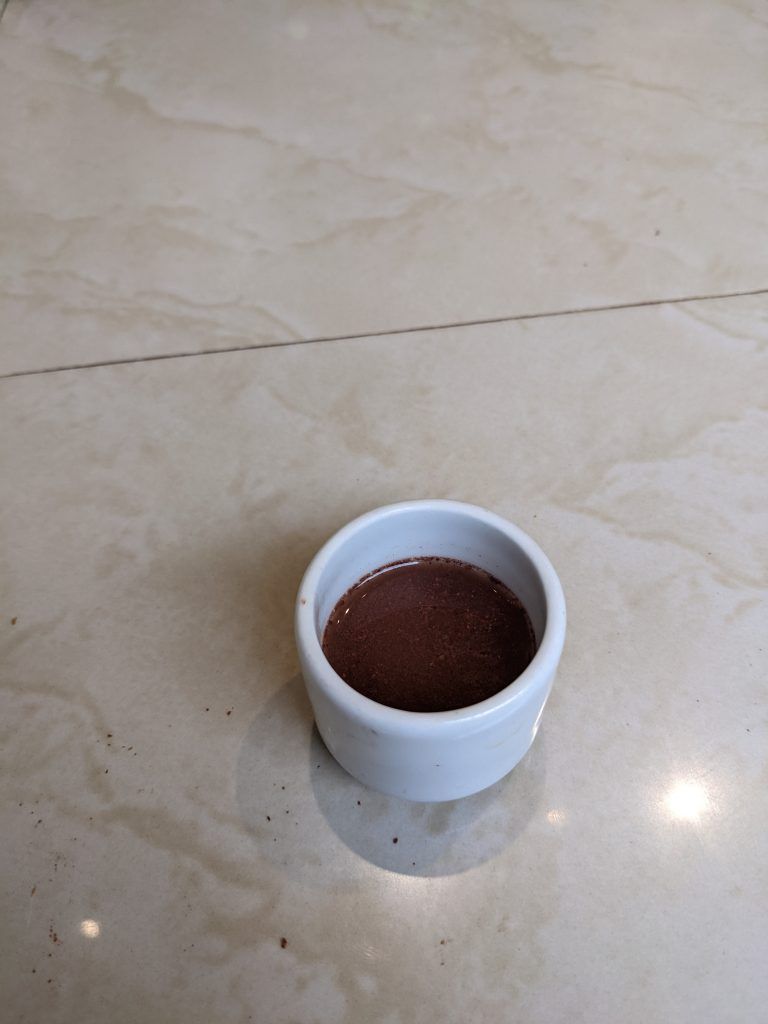
Our teacher provided us with other cacao and we added different ingredients like salt, coconut, skittles, and M&Ms into the chocolate.
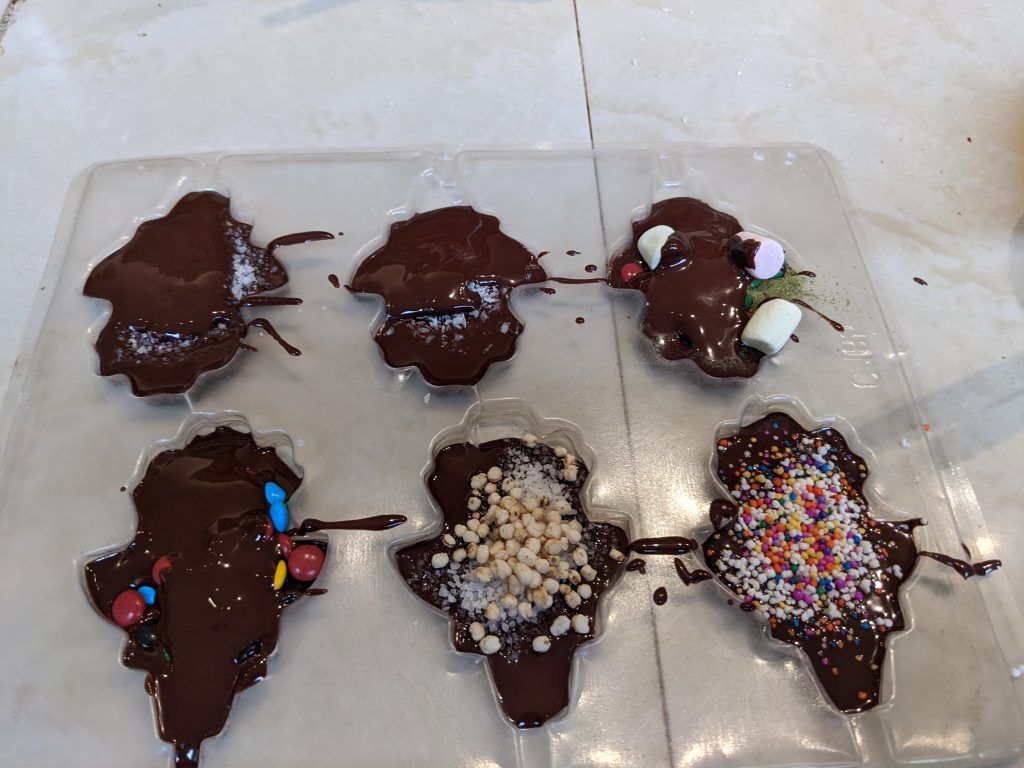
After 45 minutes in a refrigerator we had some tasty treats to take with us.
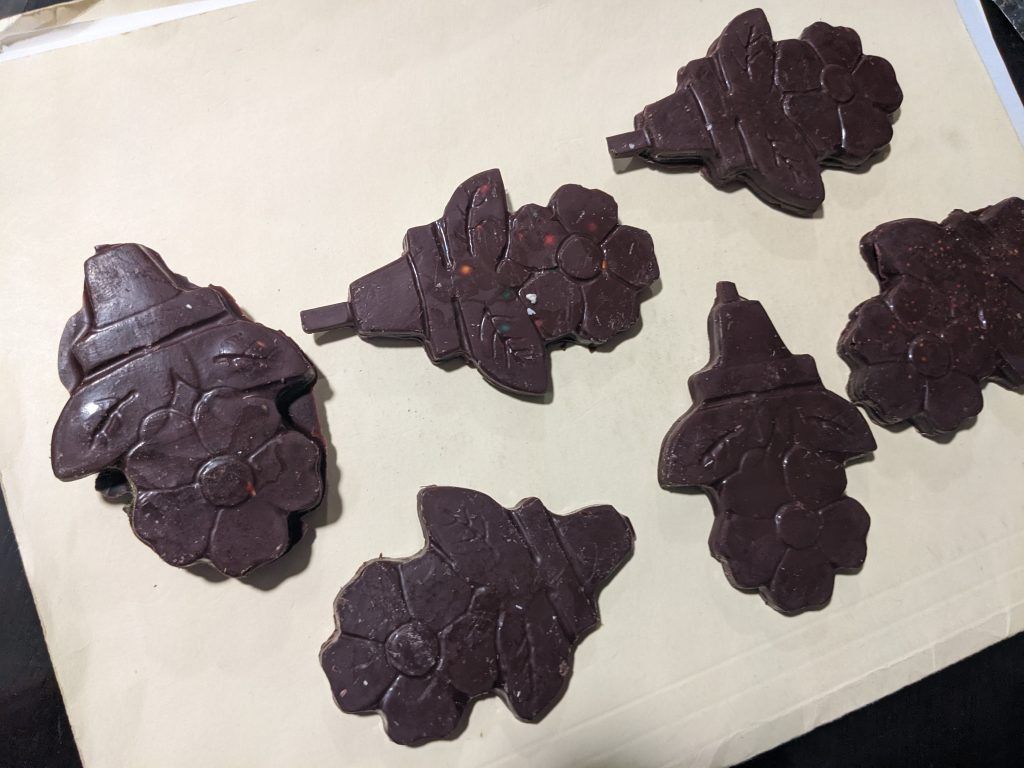
I had a really nice Airbnb with a Frida theme that was about a 25 minute walk to the main Plaza del Armas.
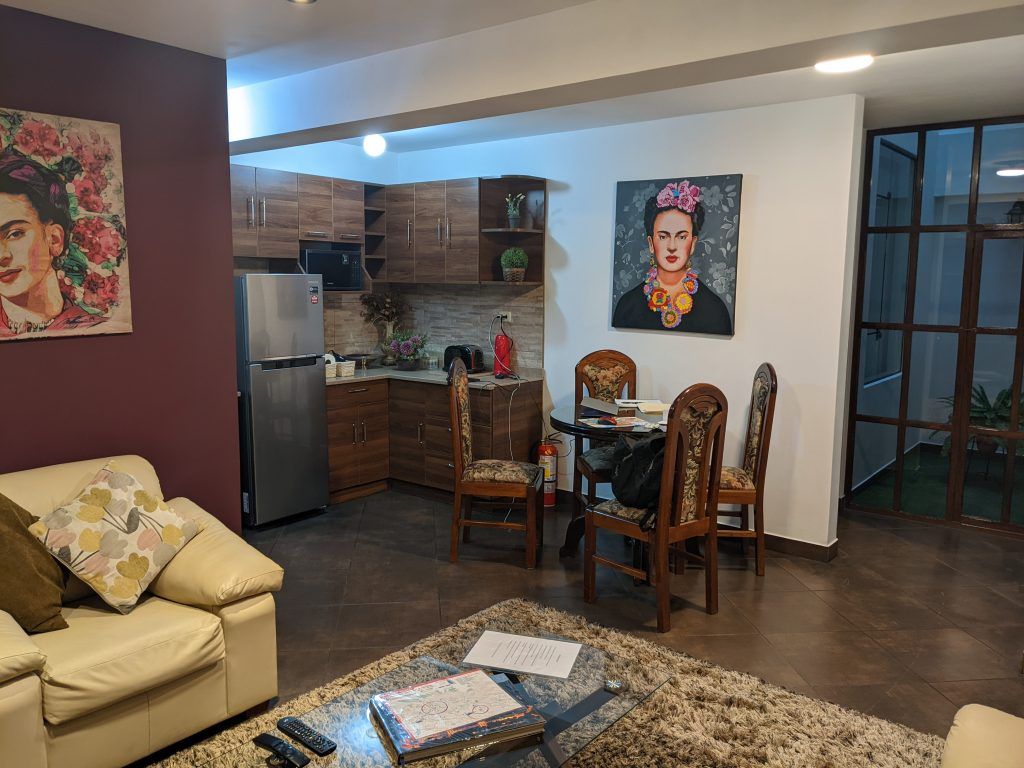
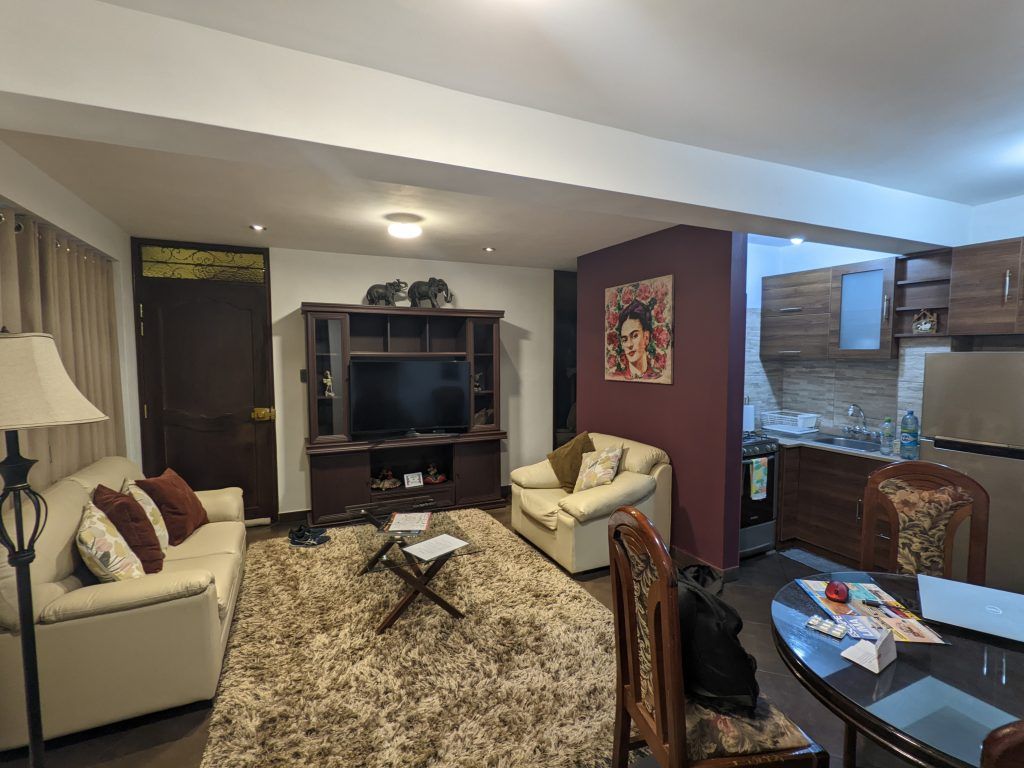
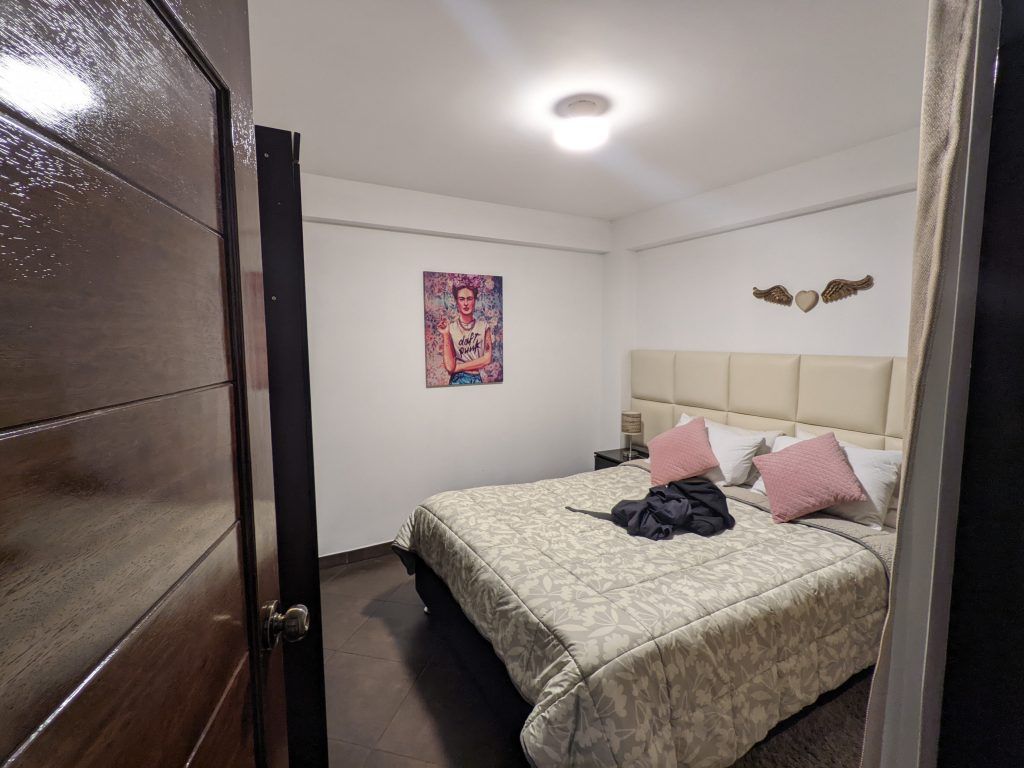
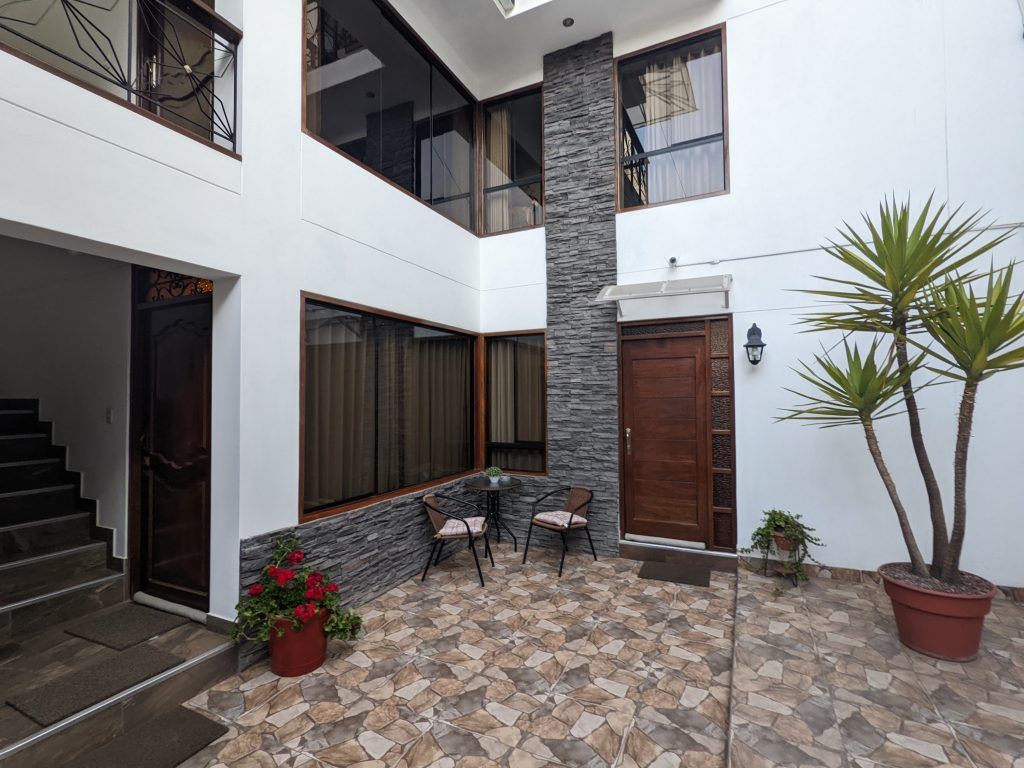
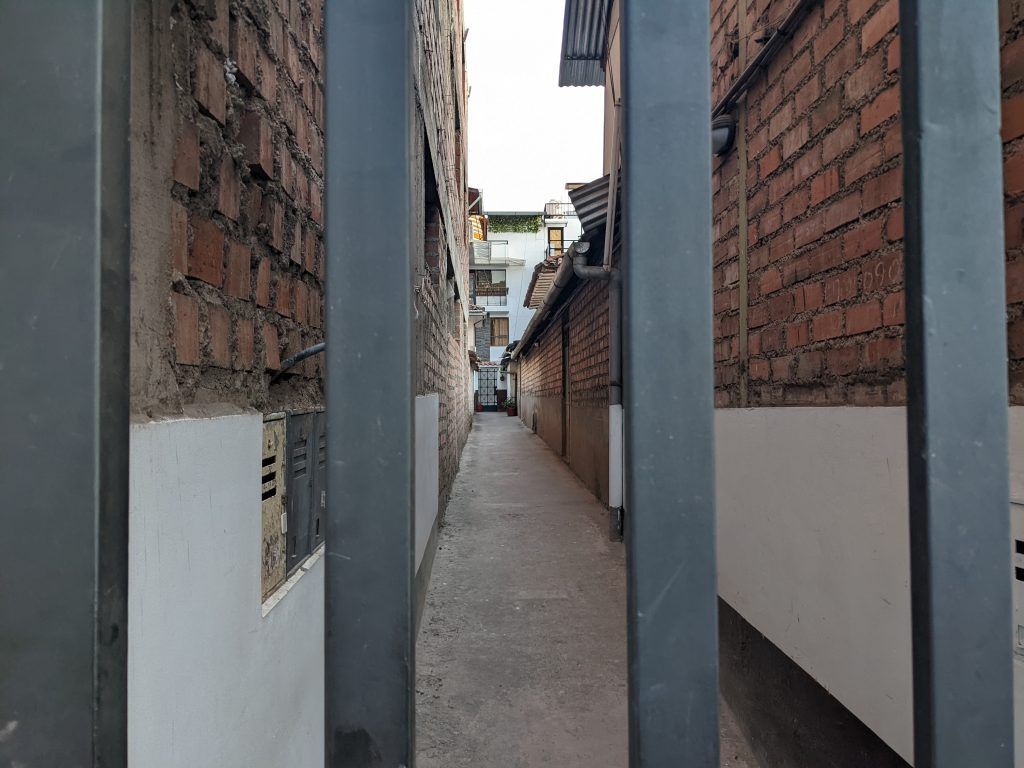
The nondescript street entrance.
